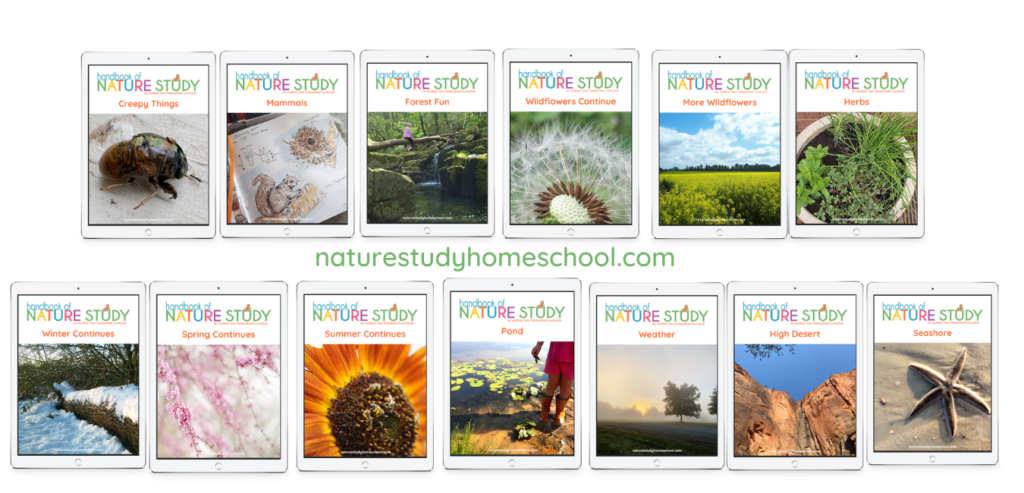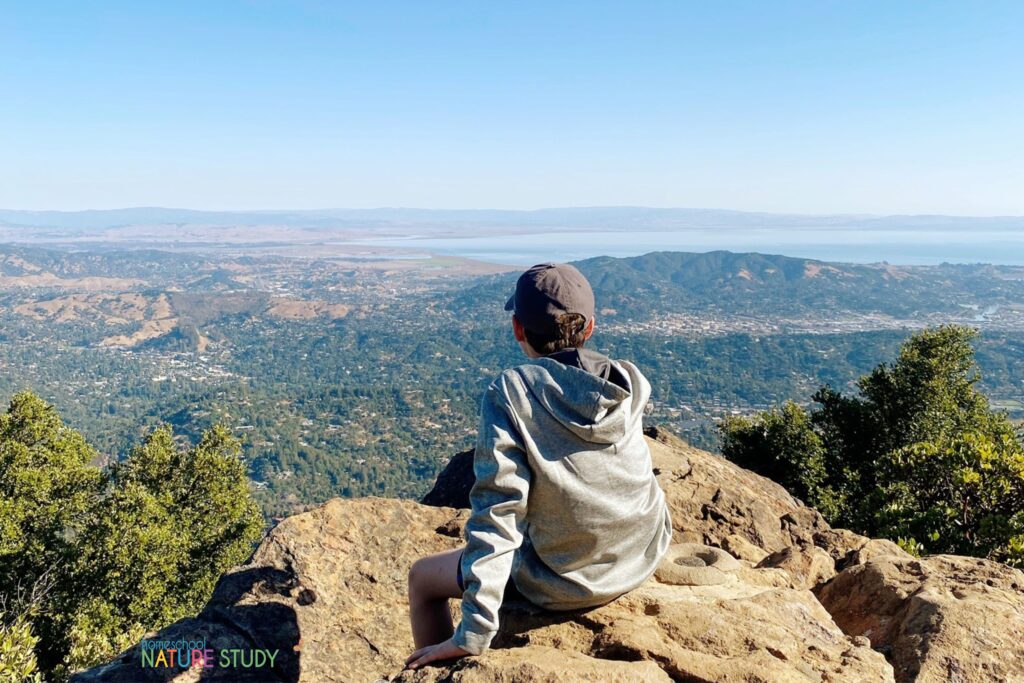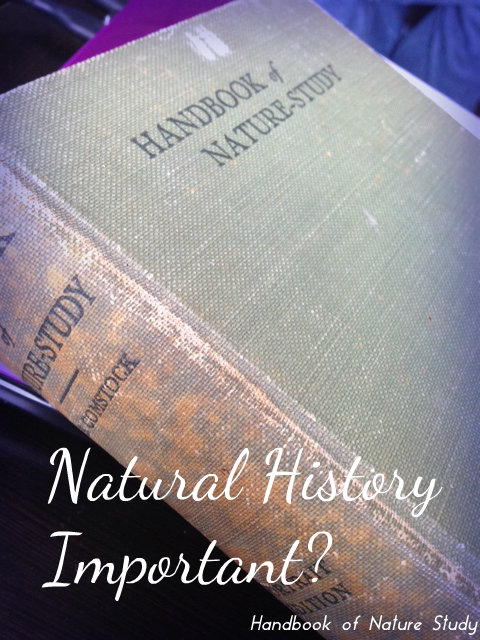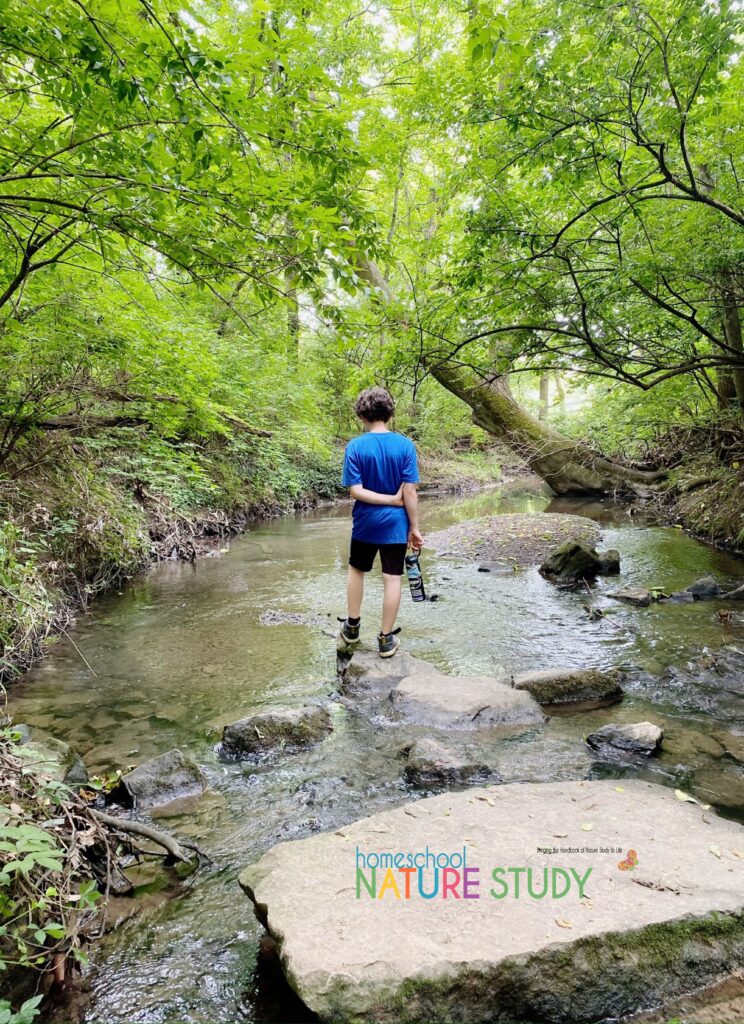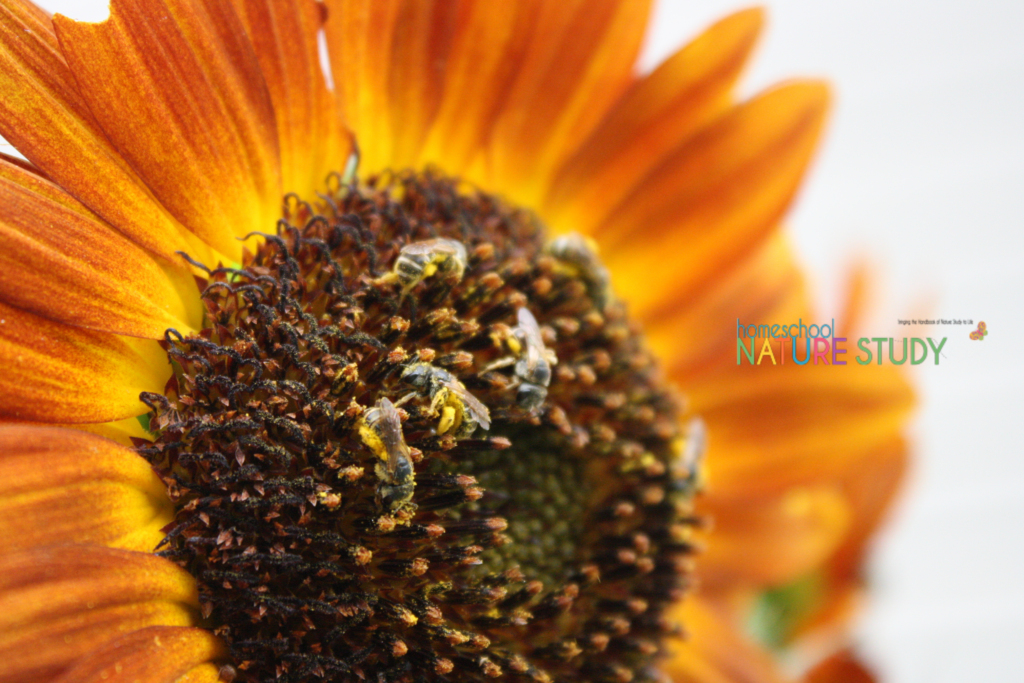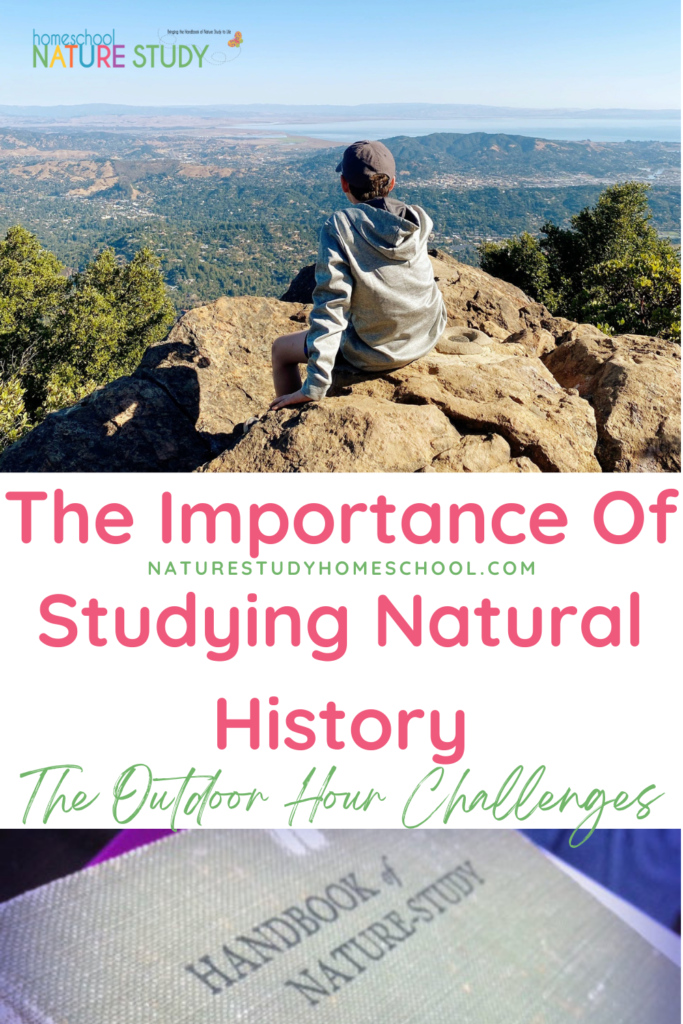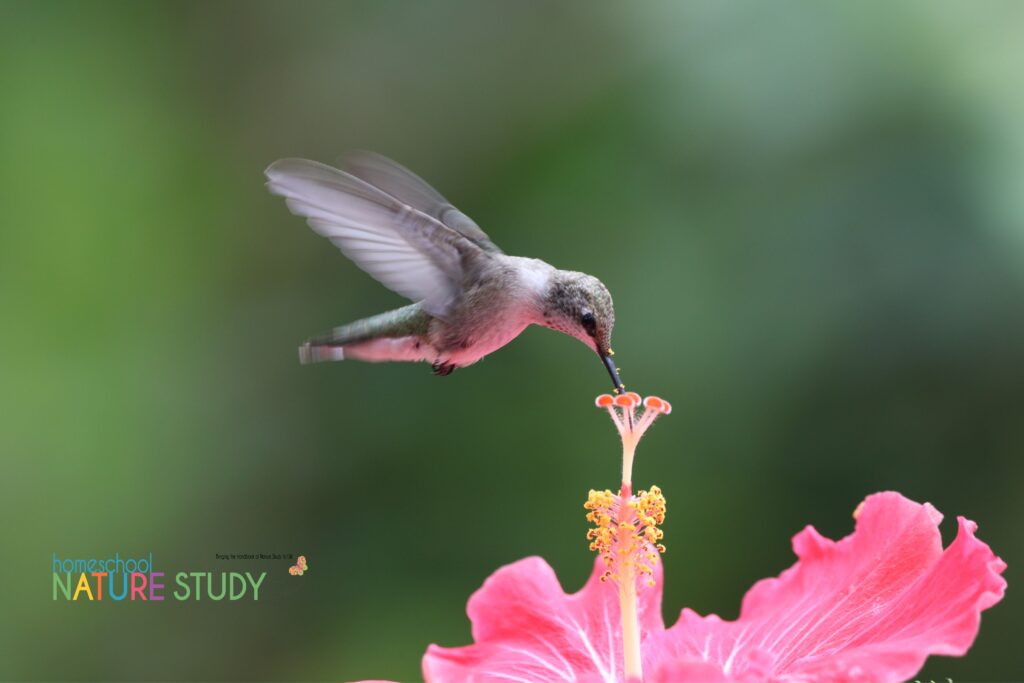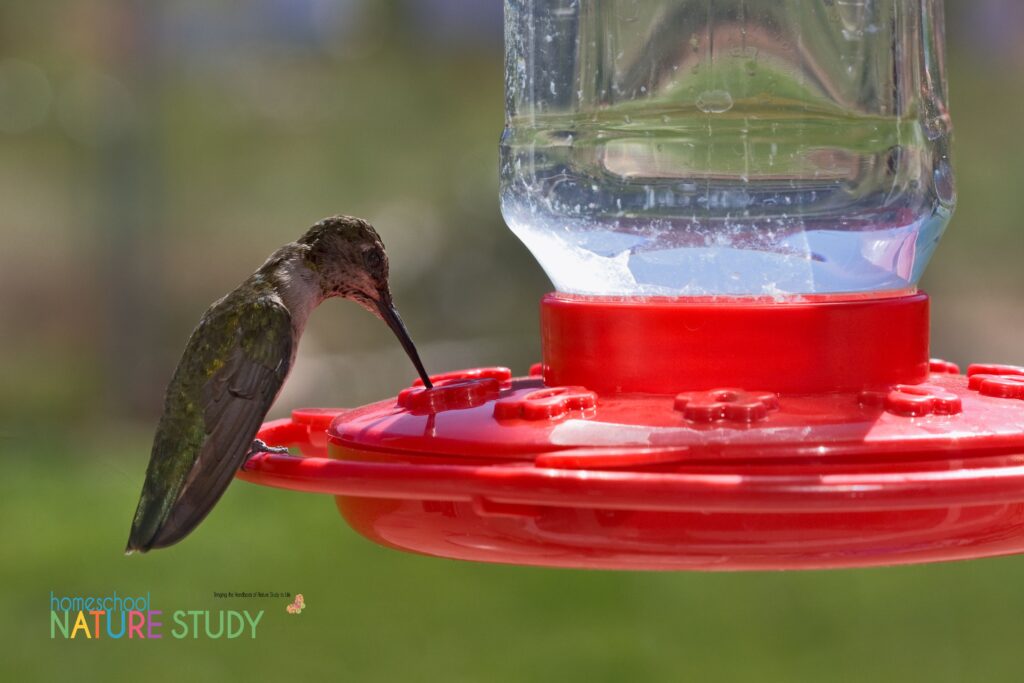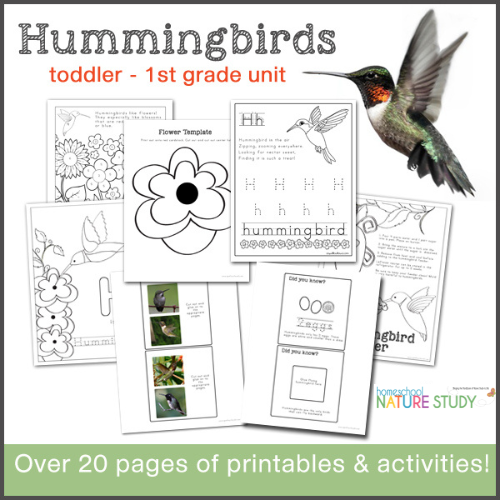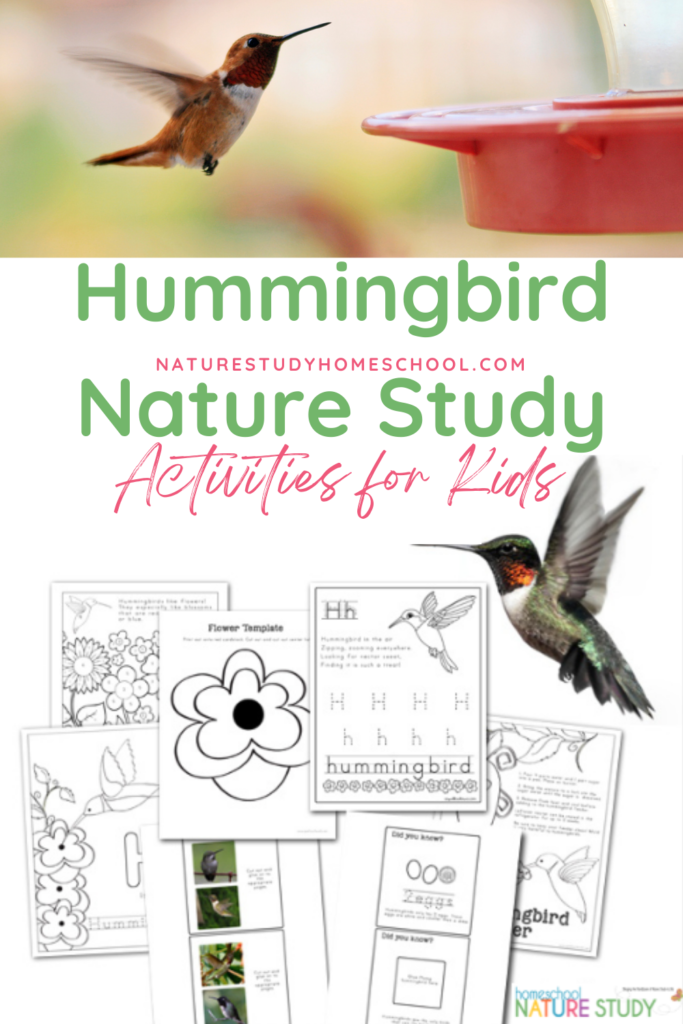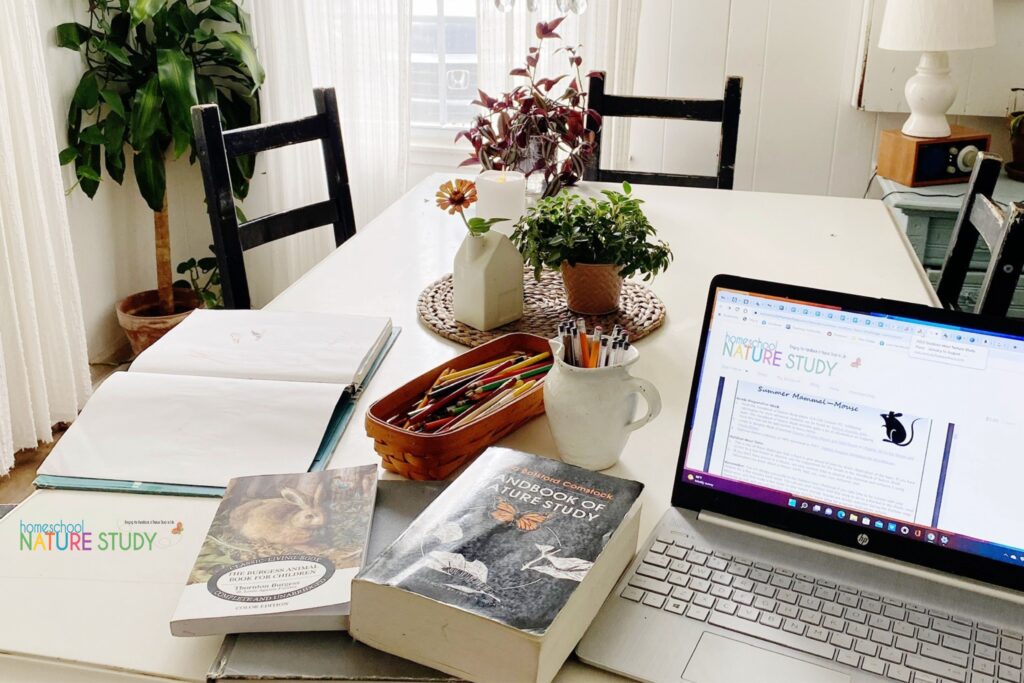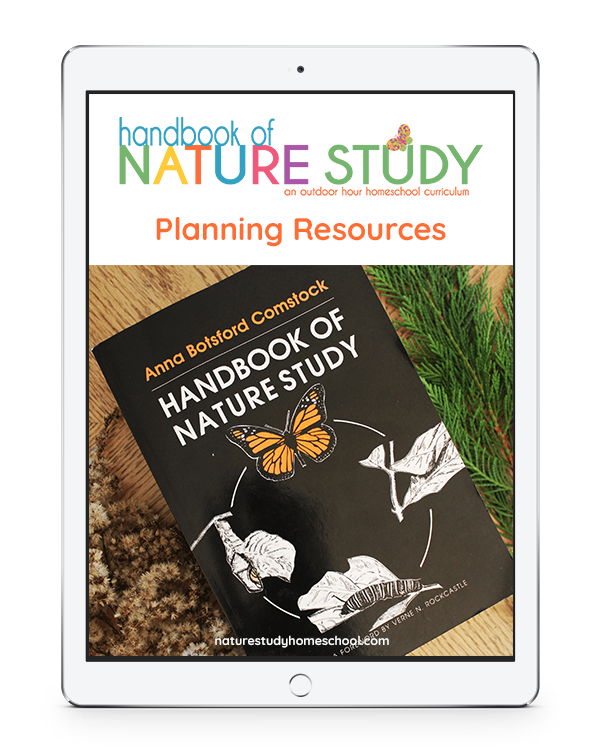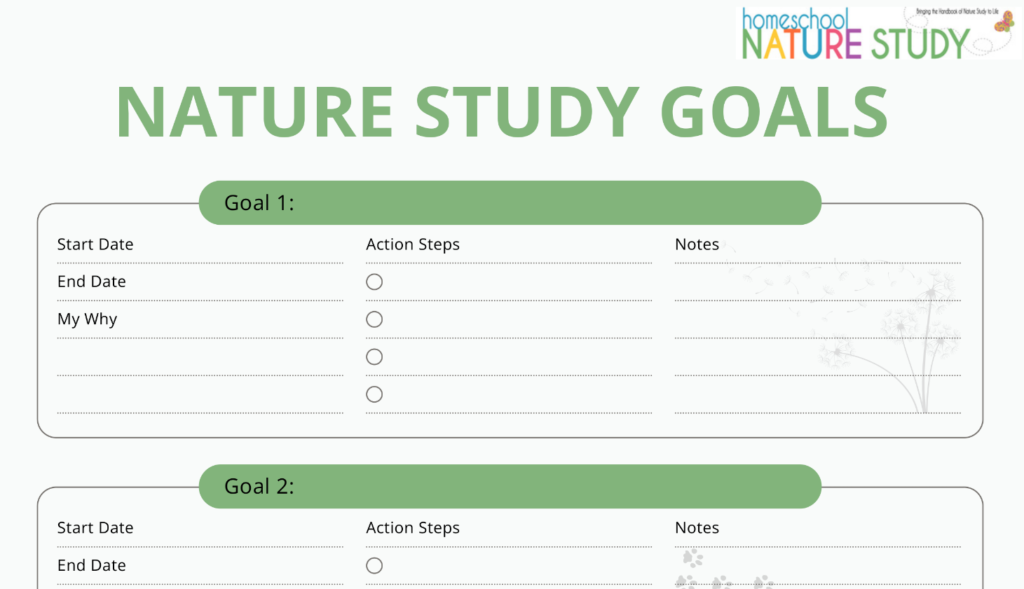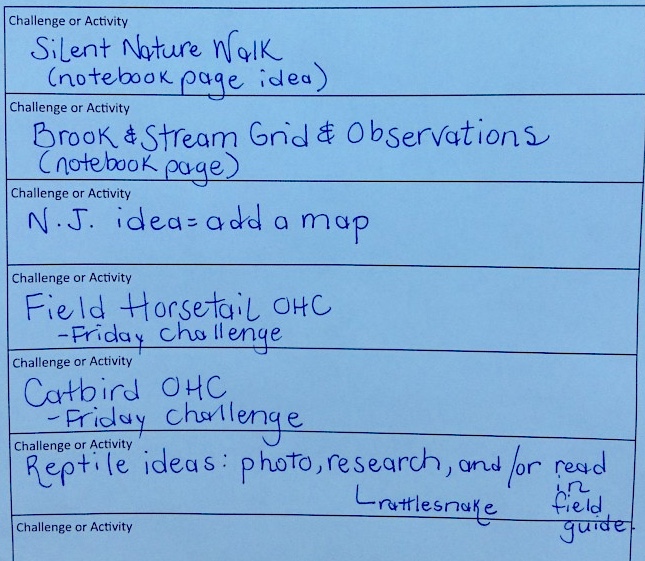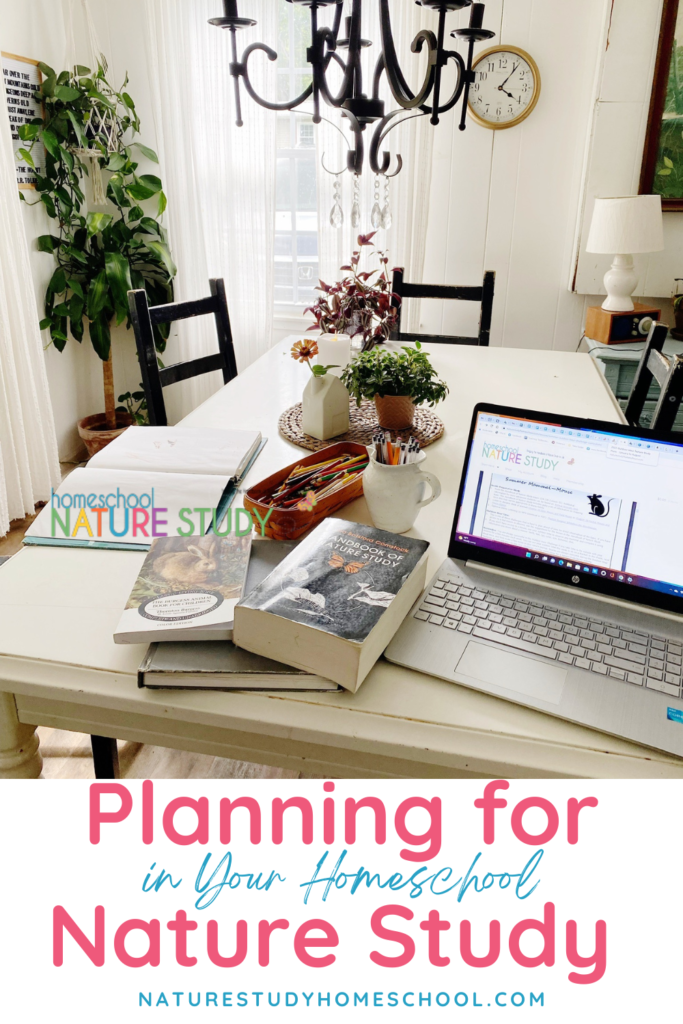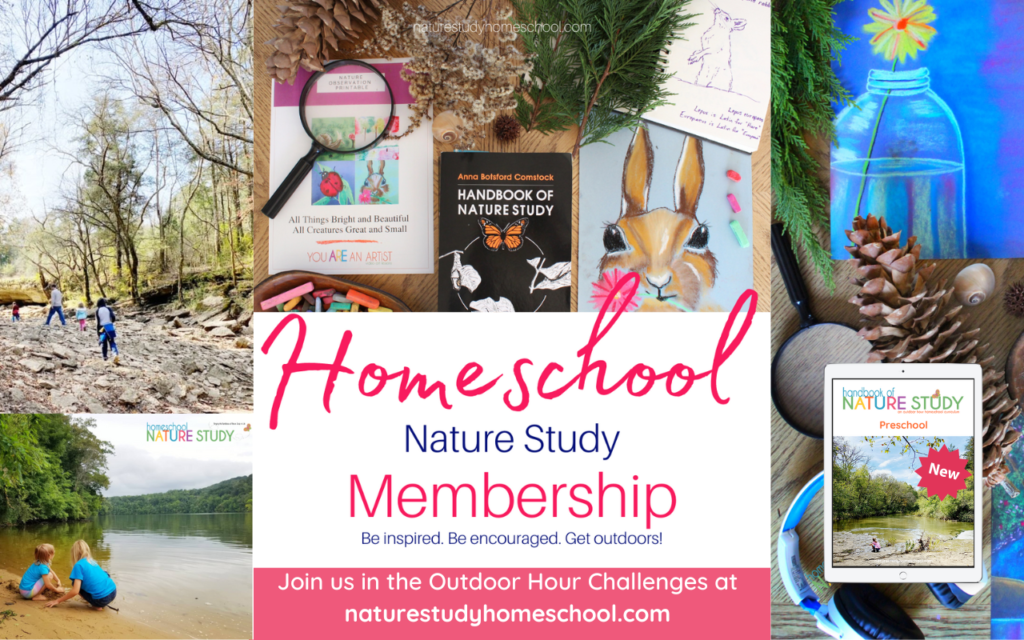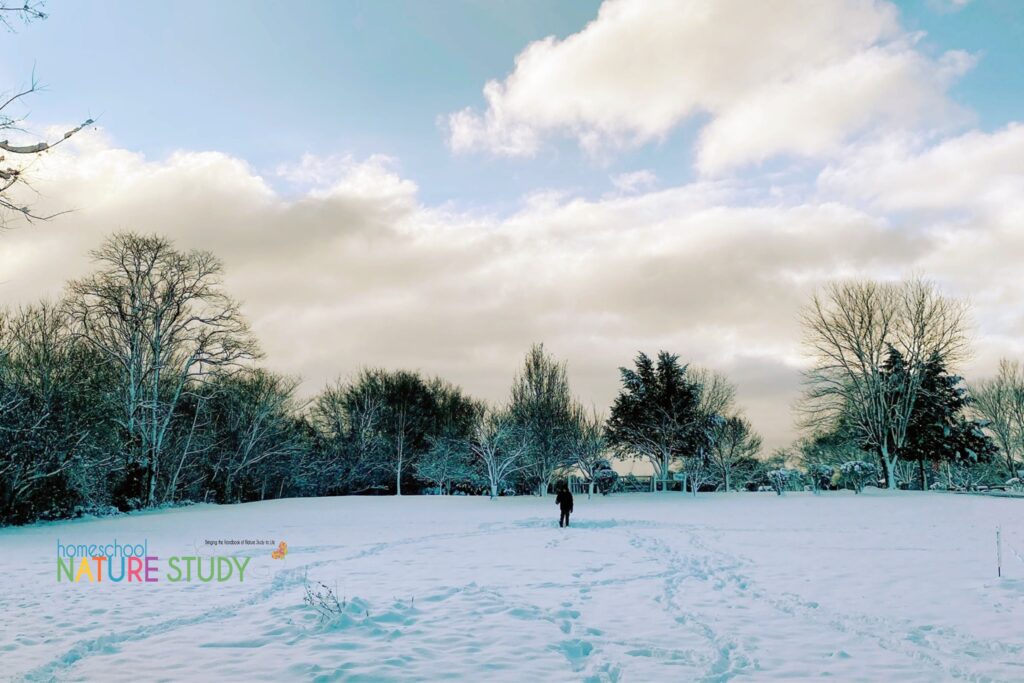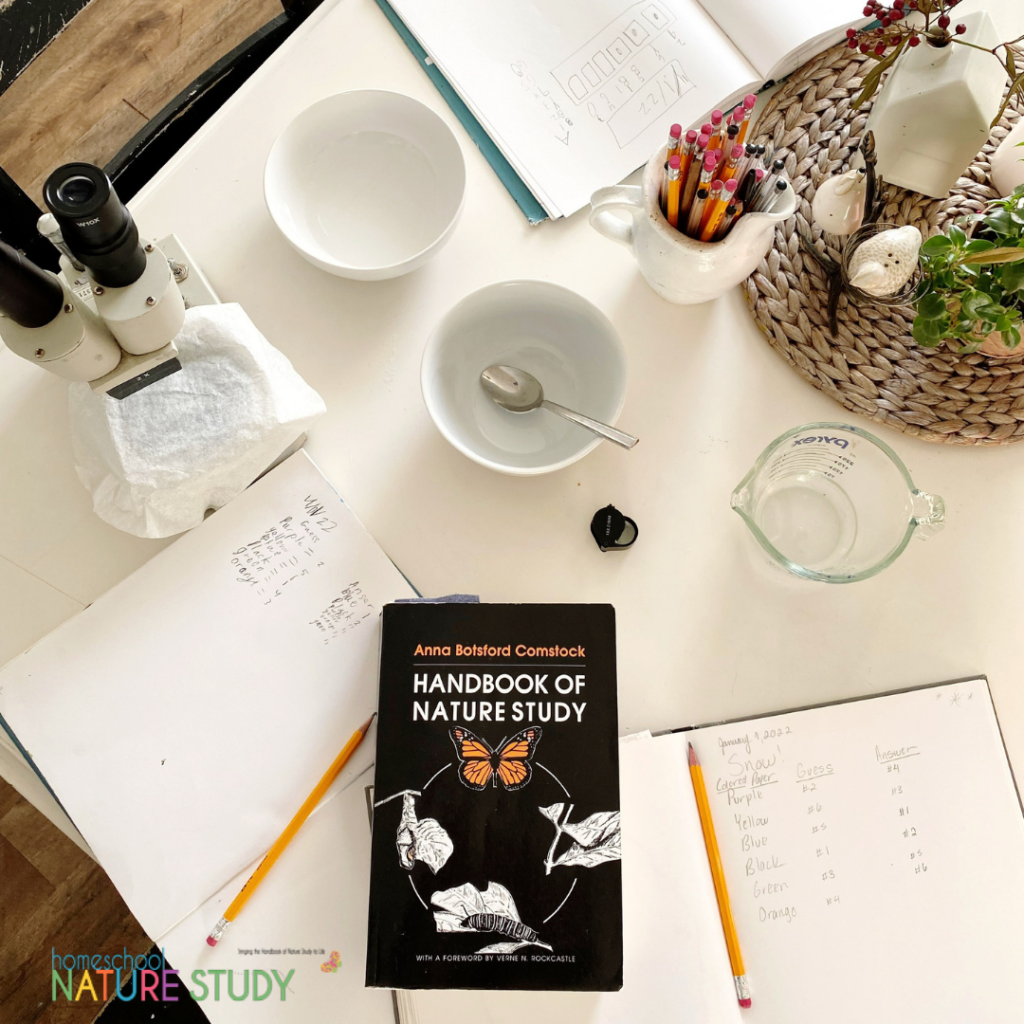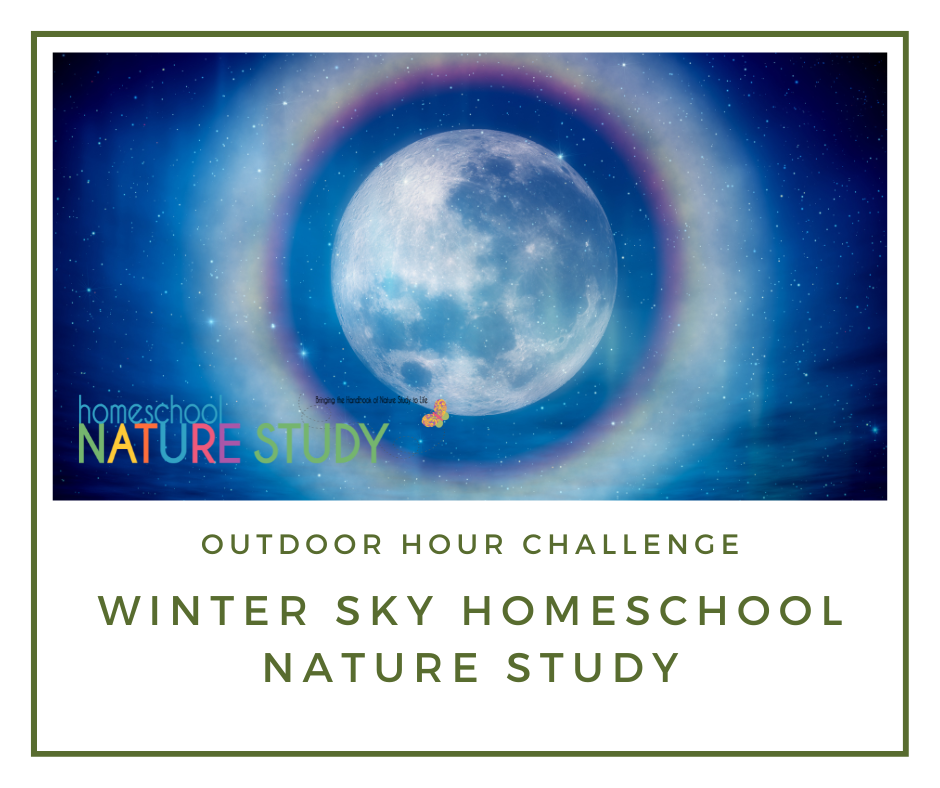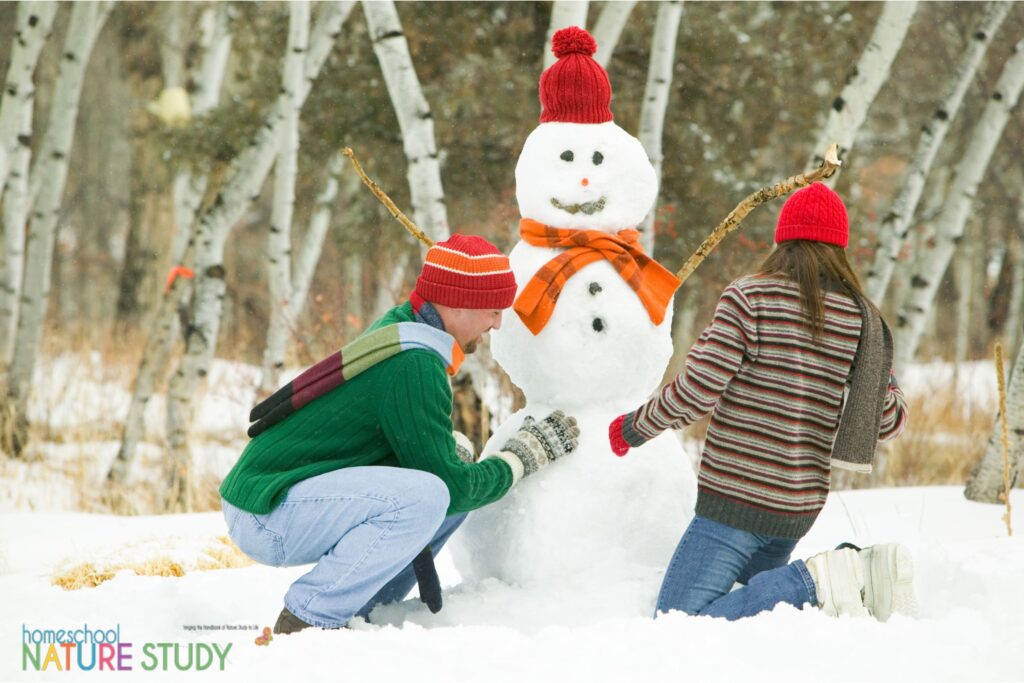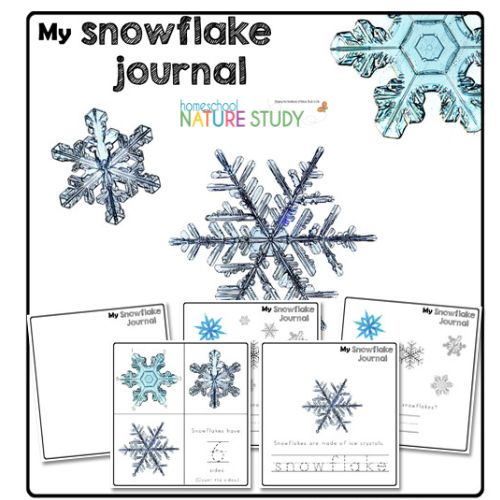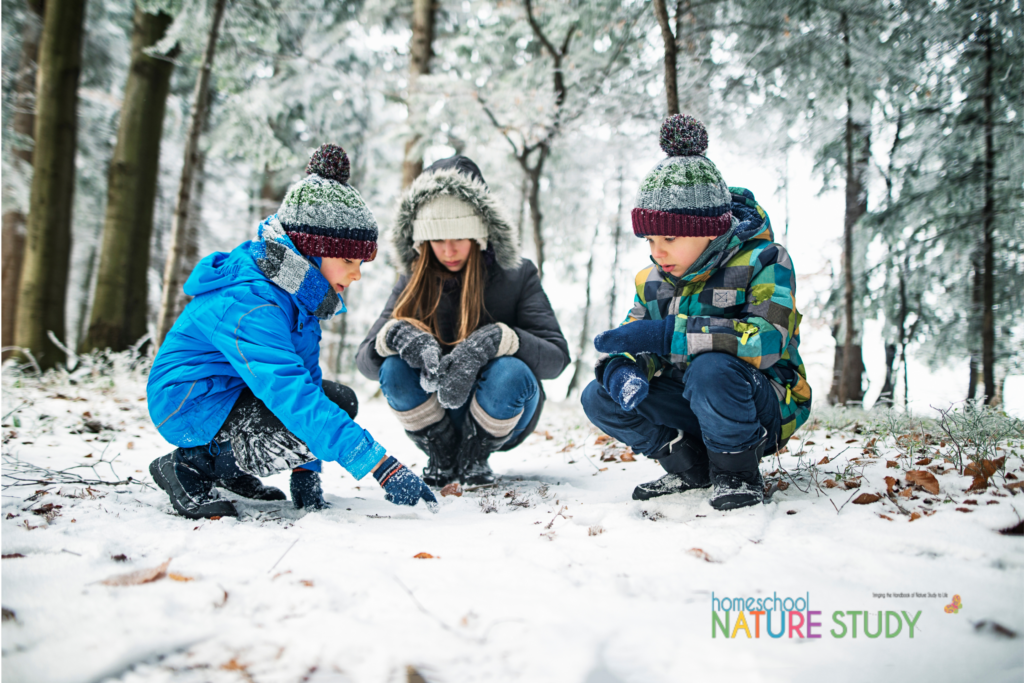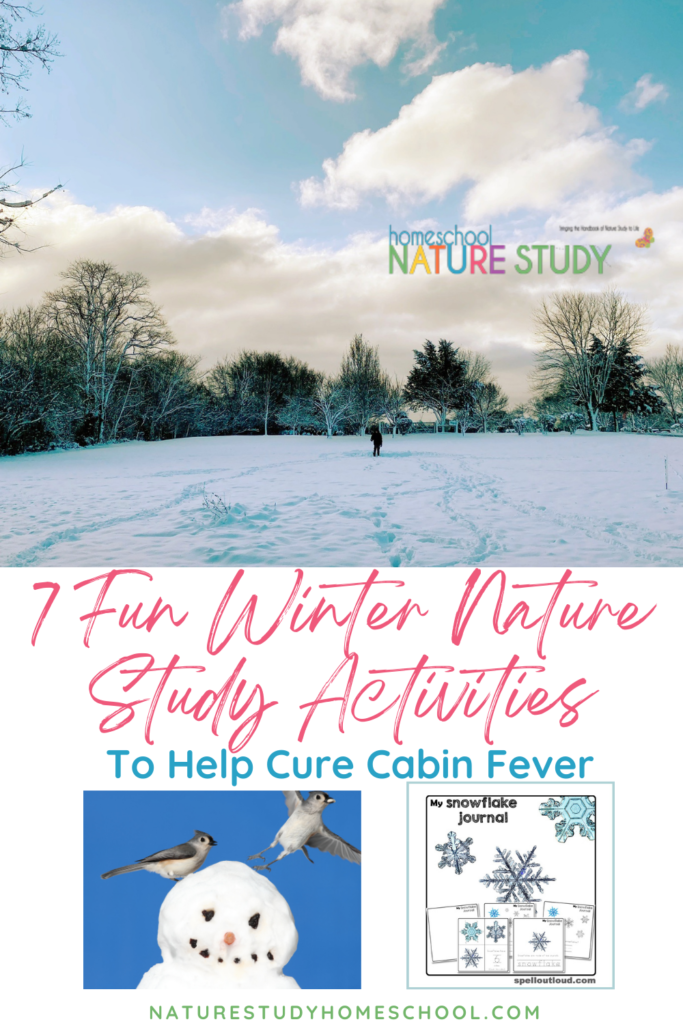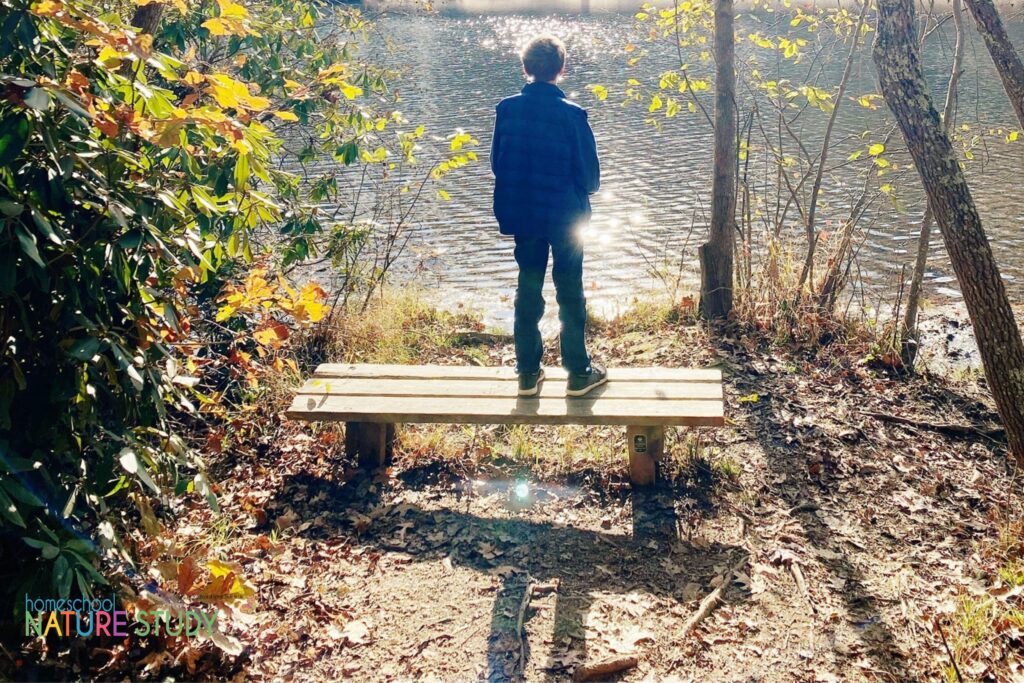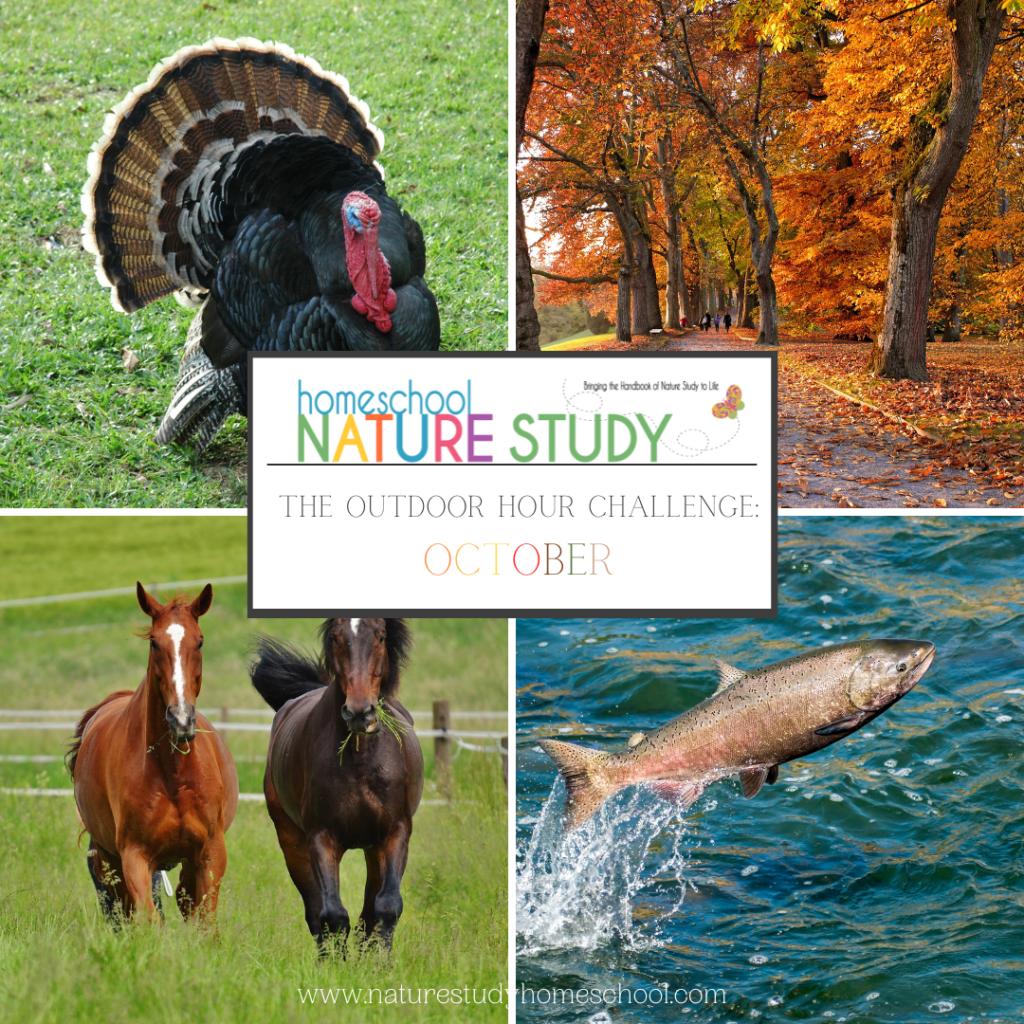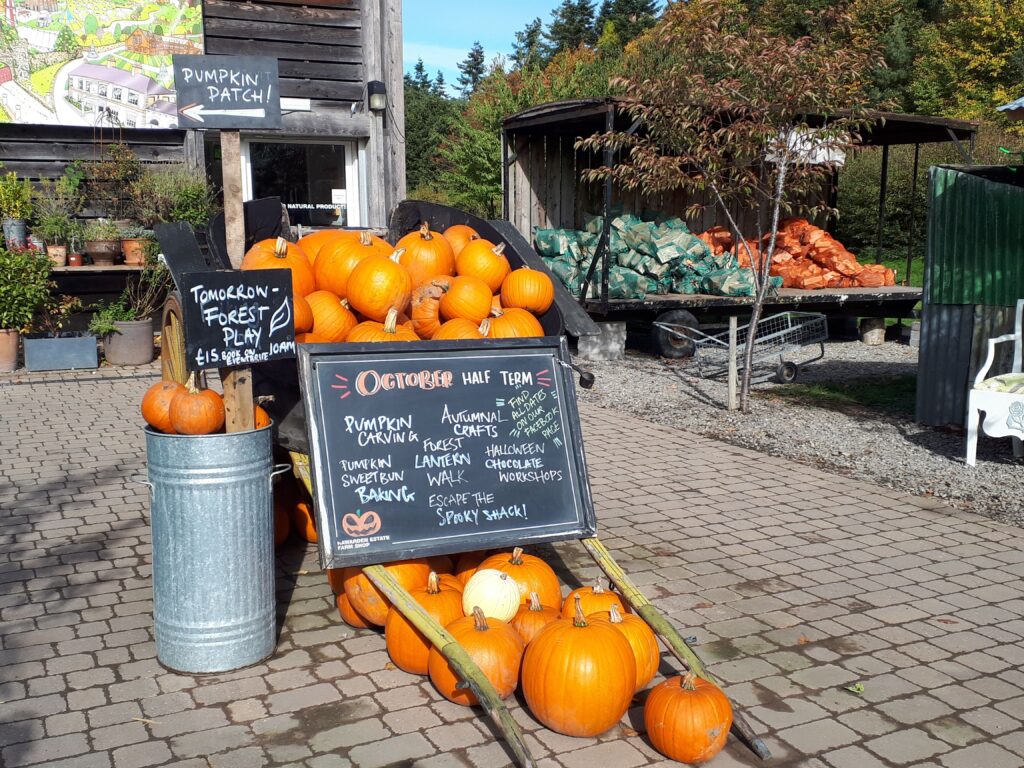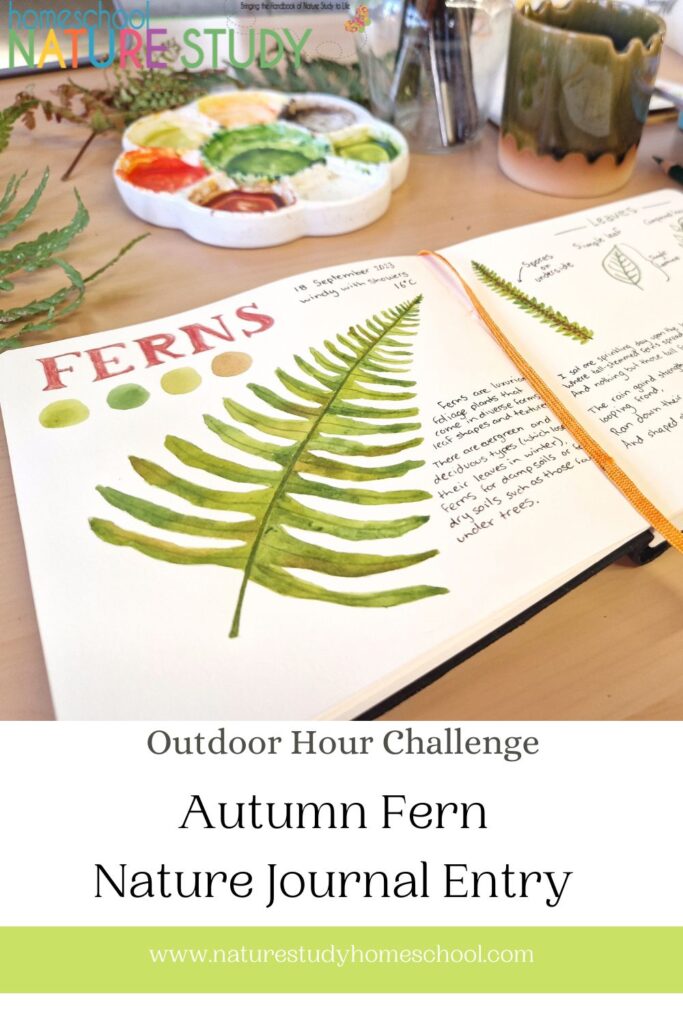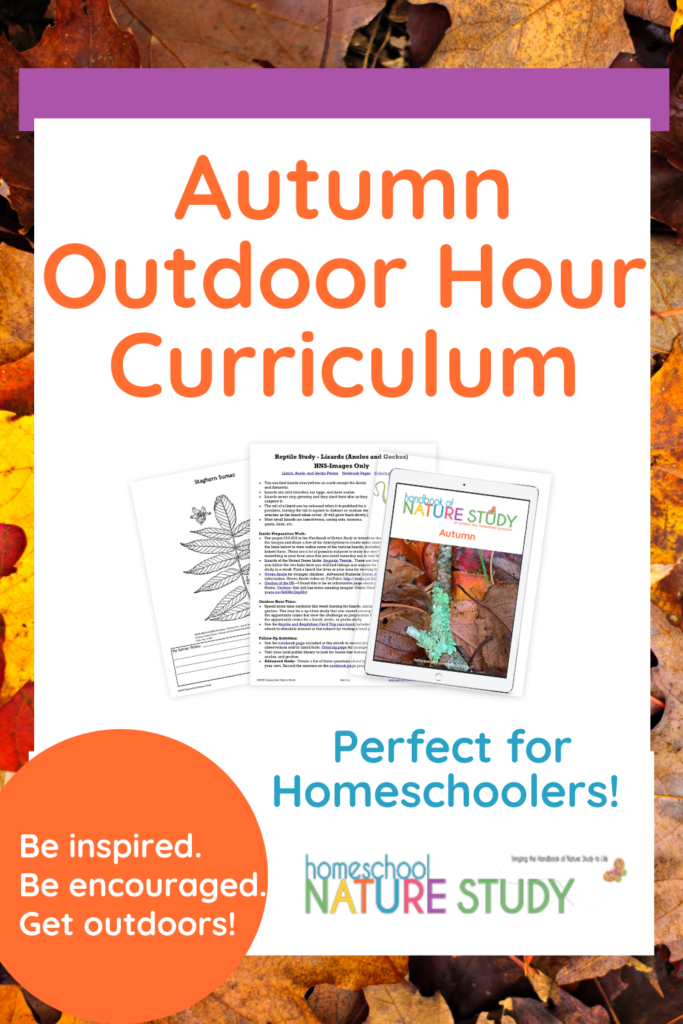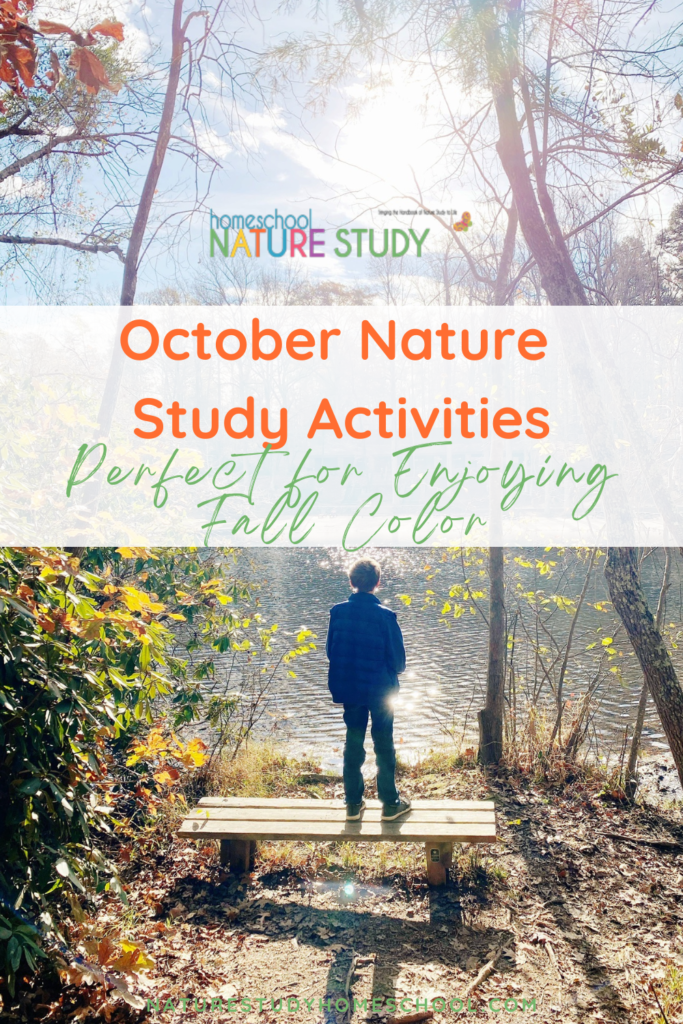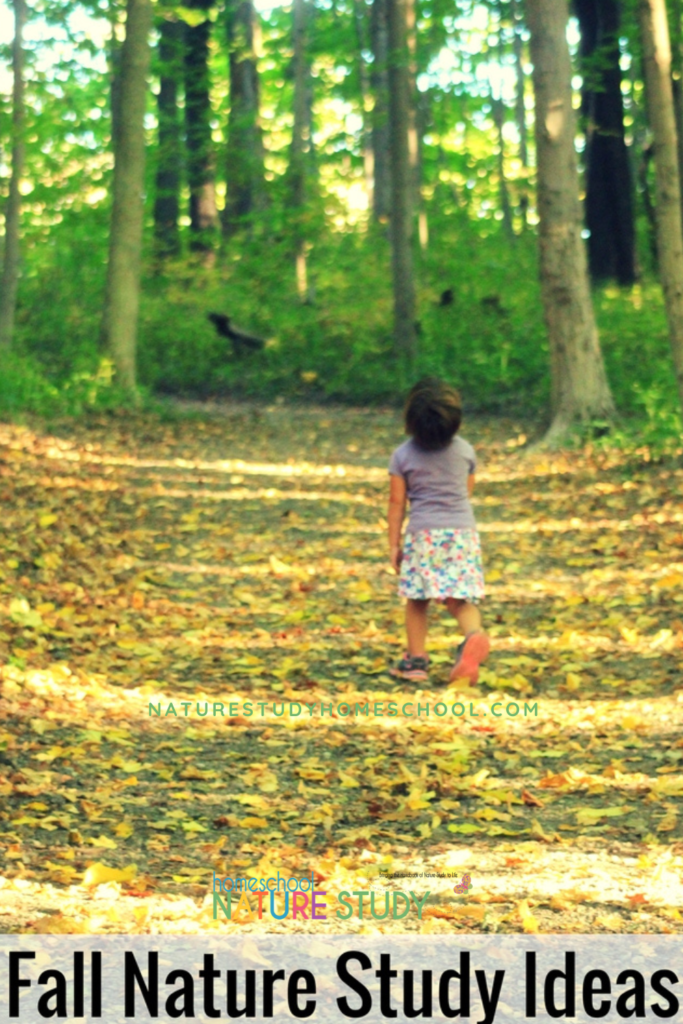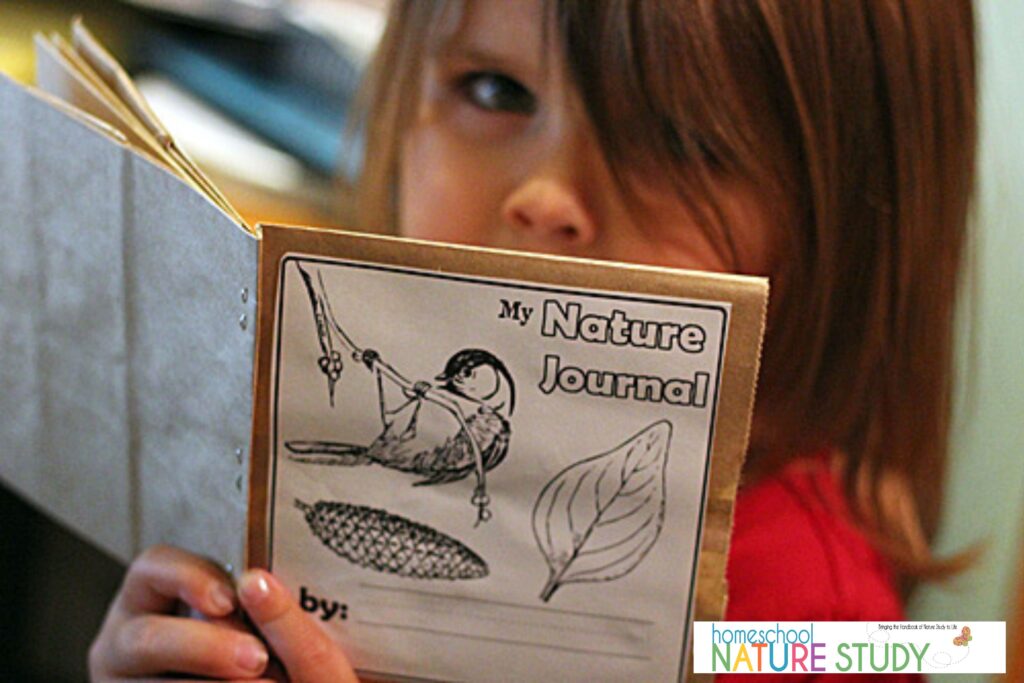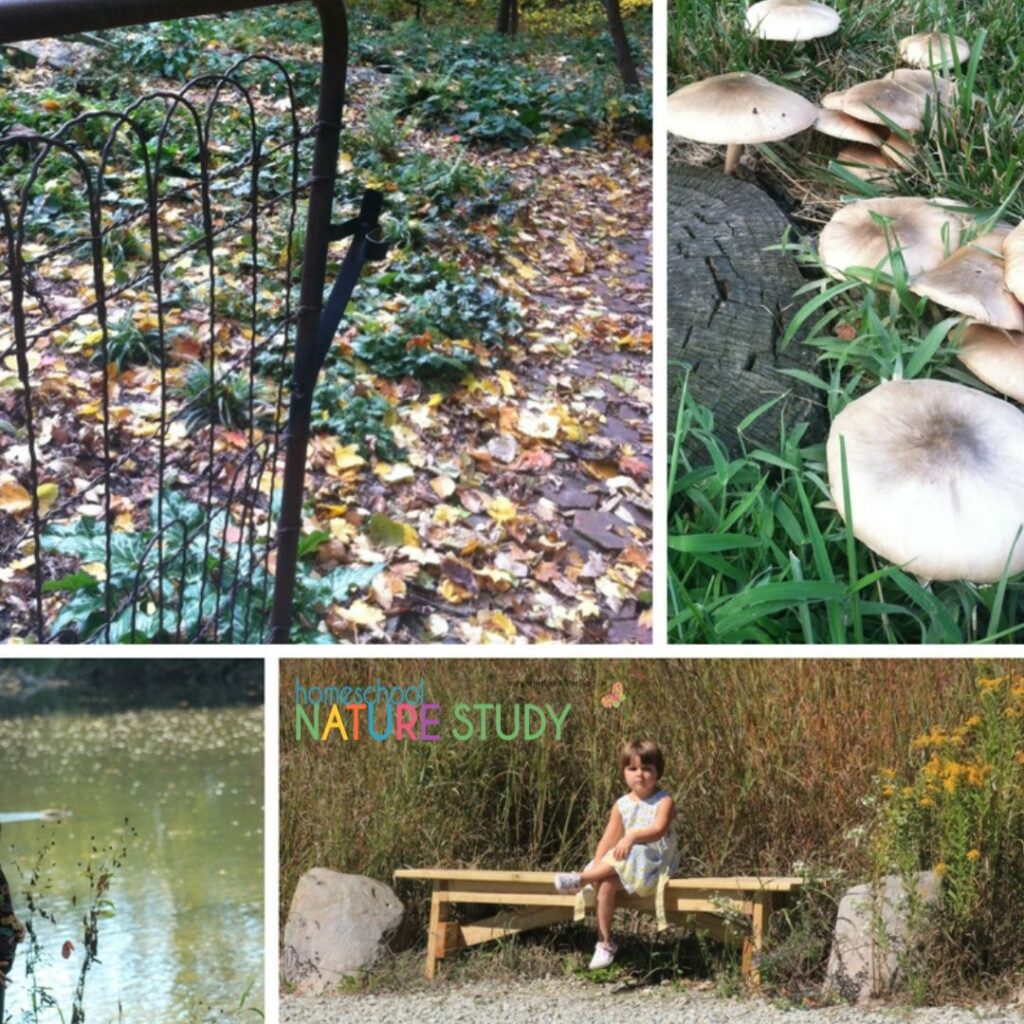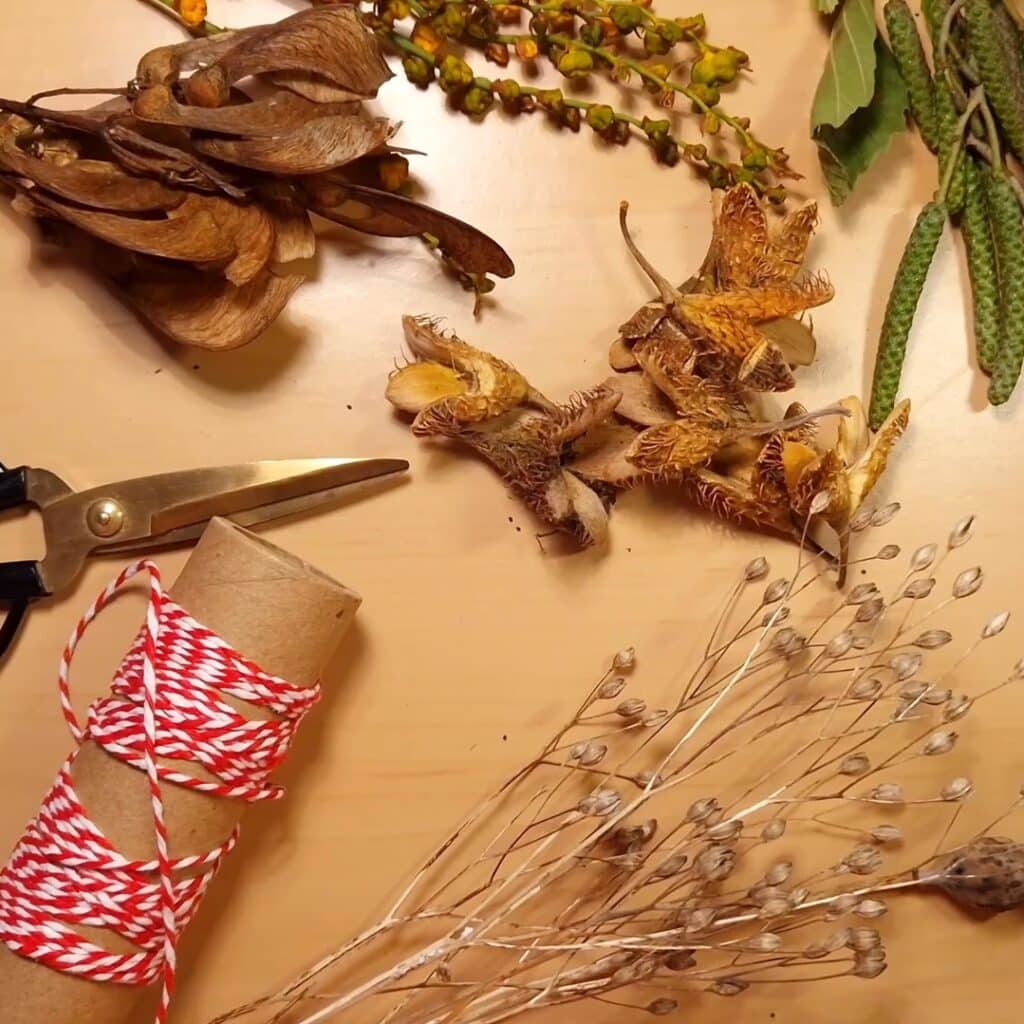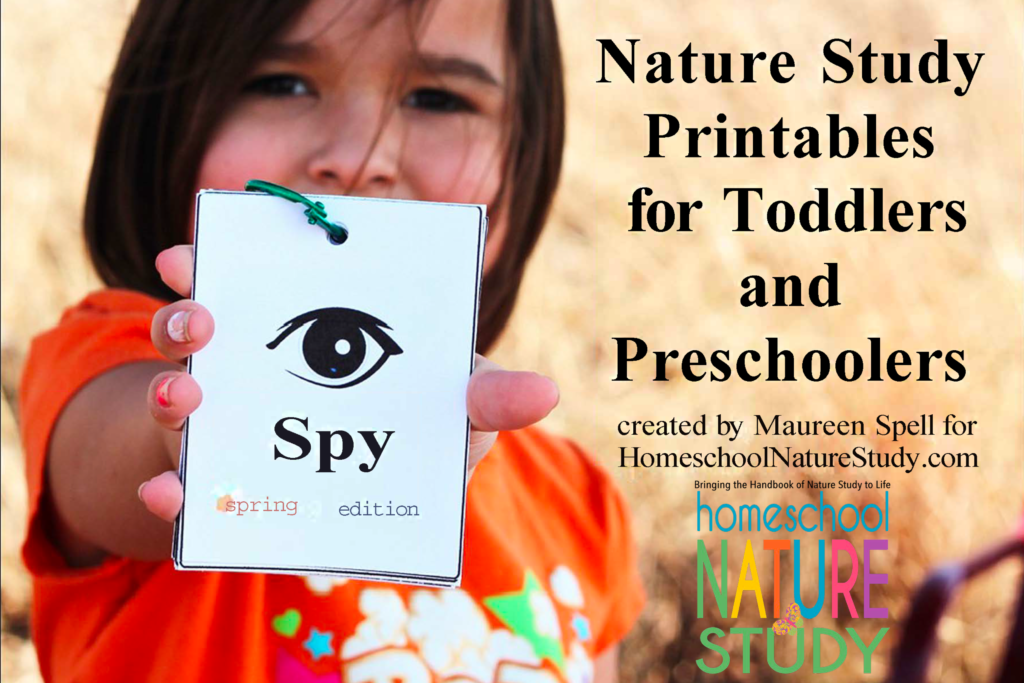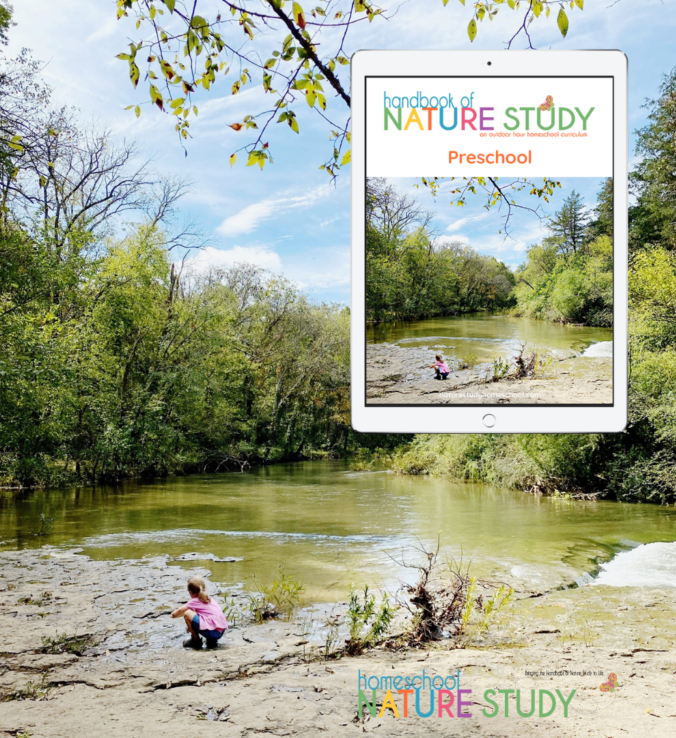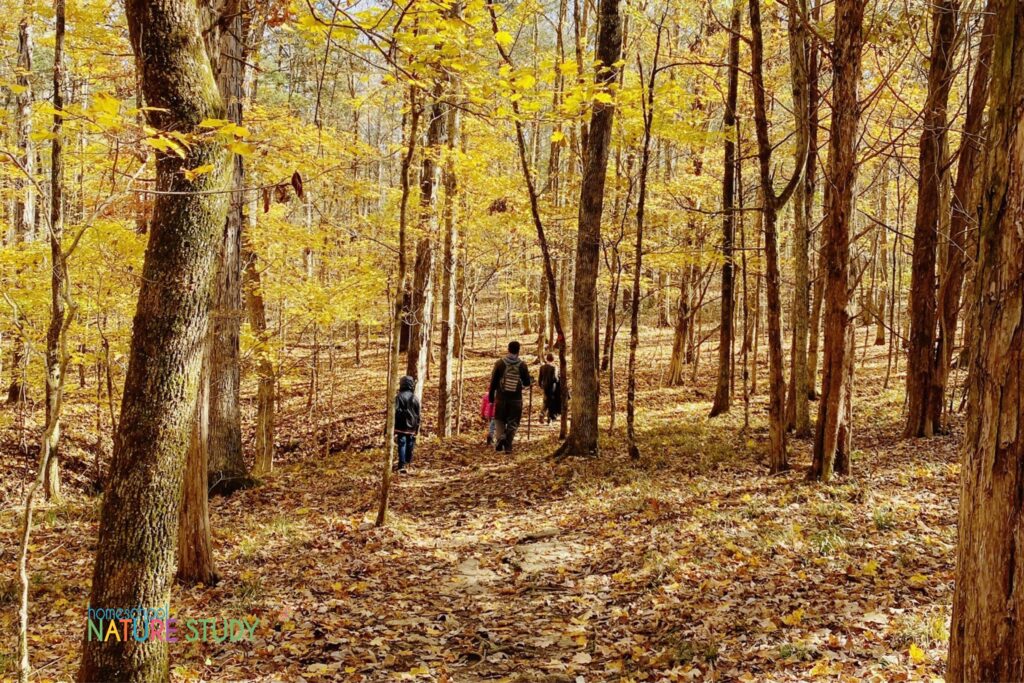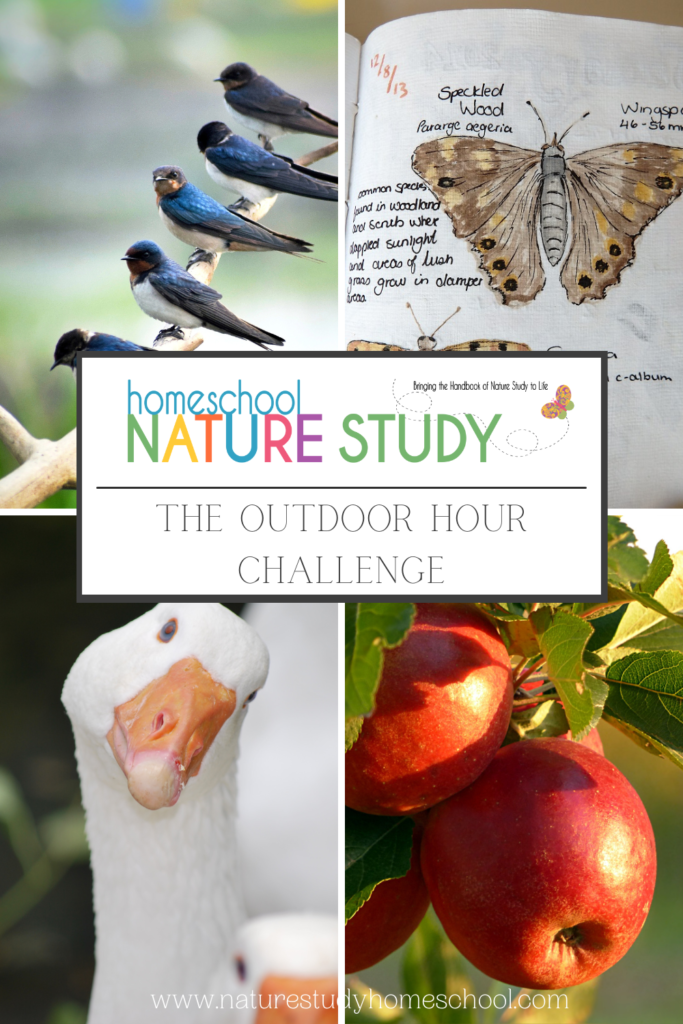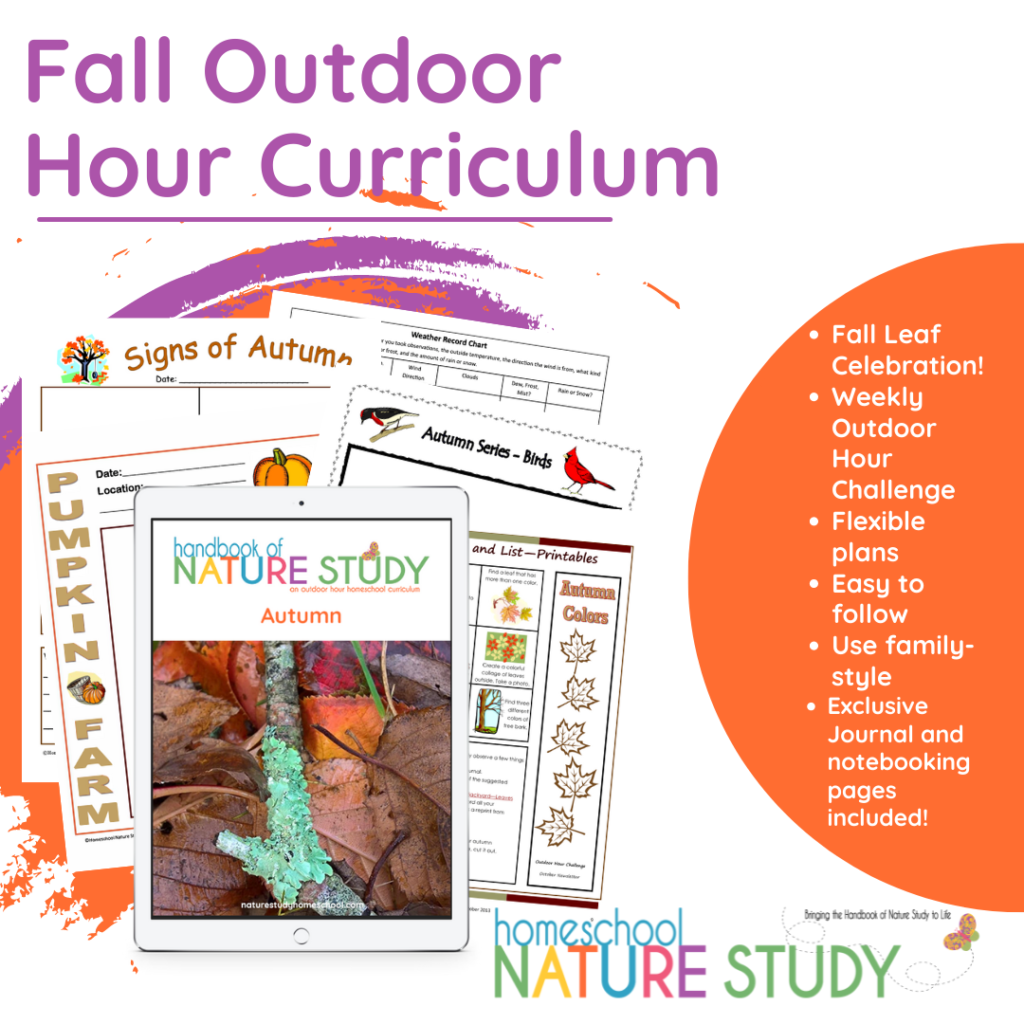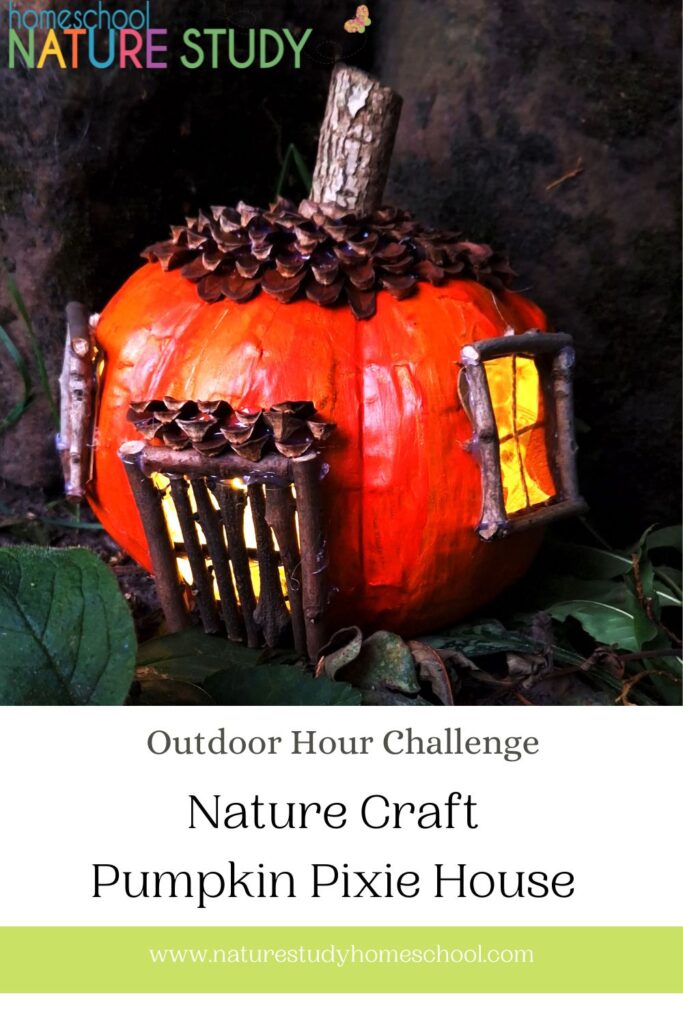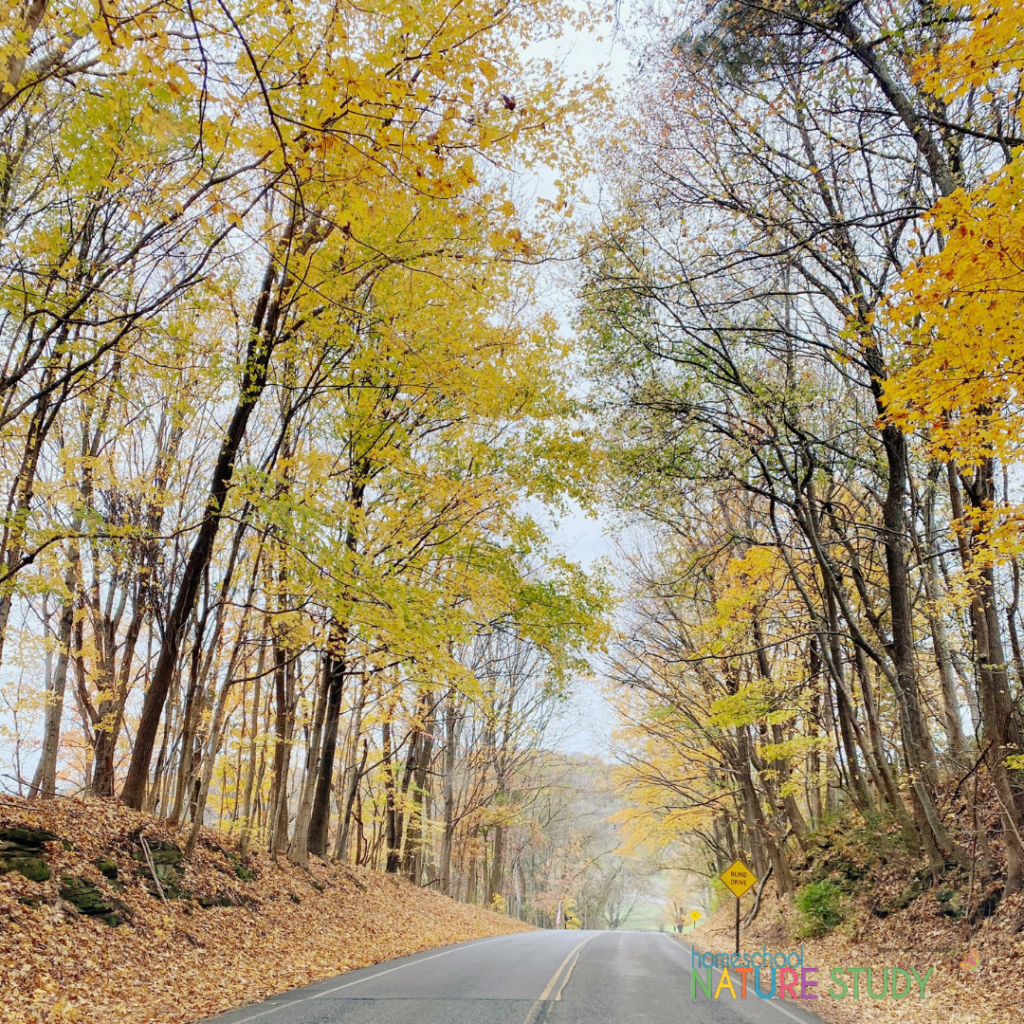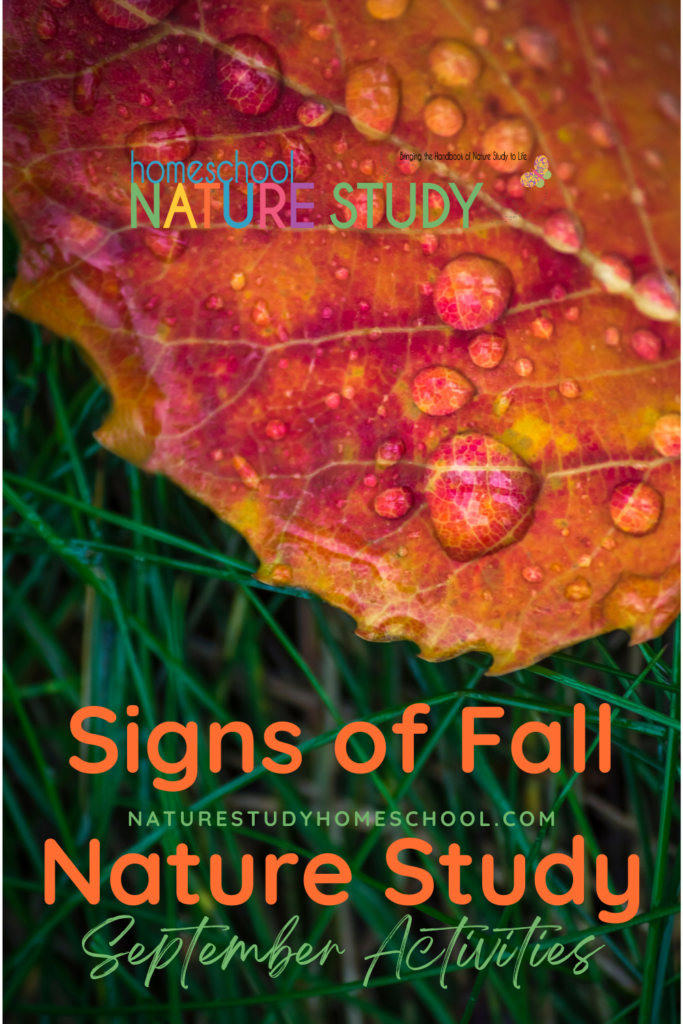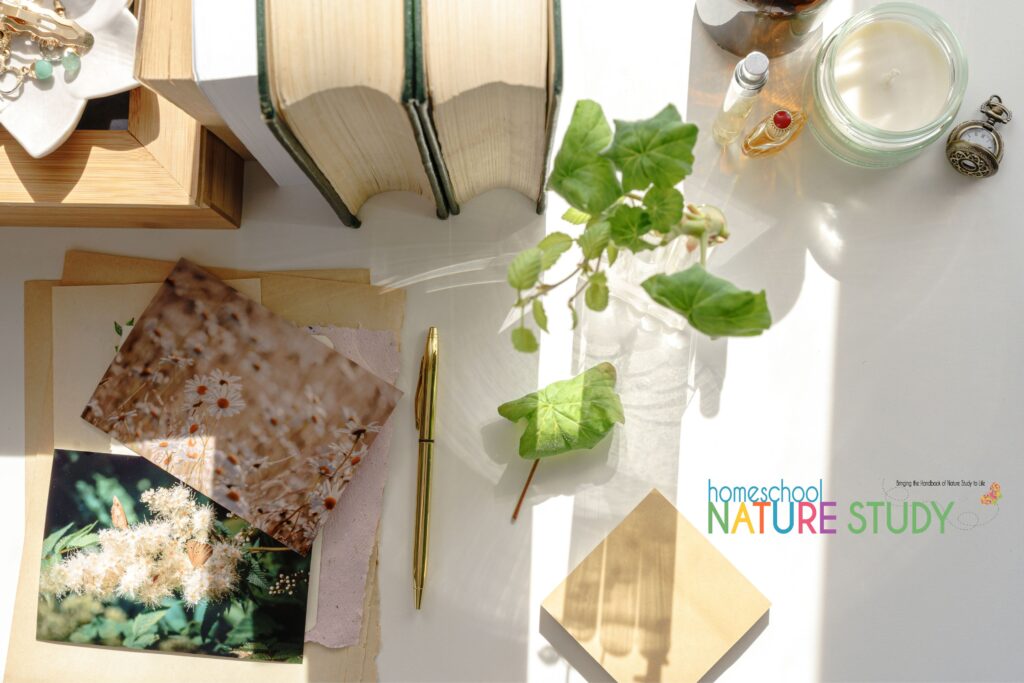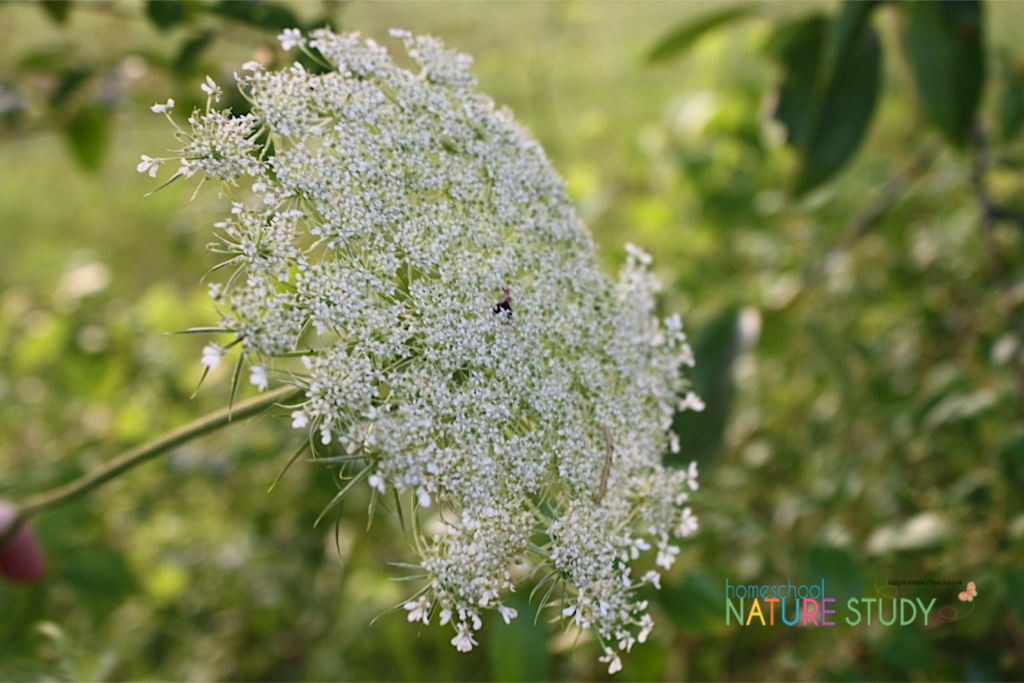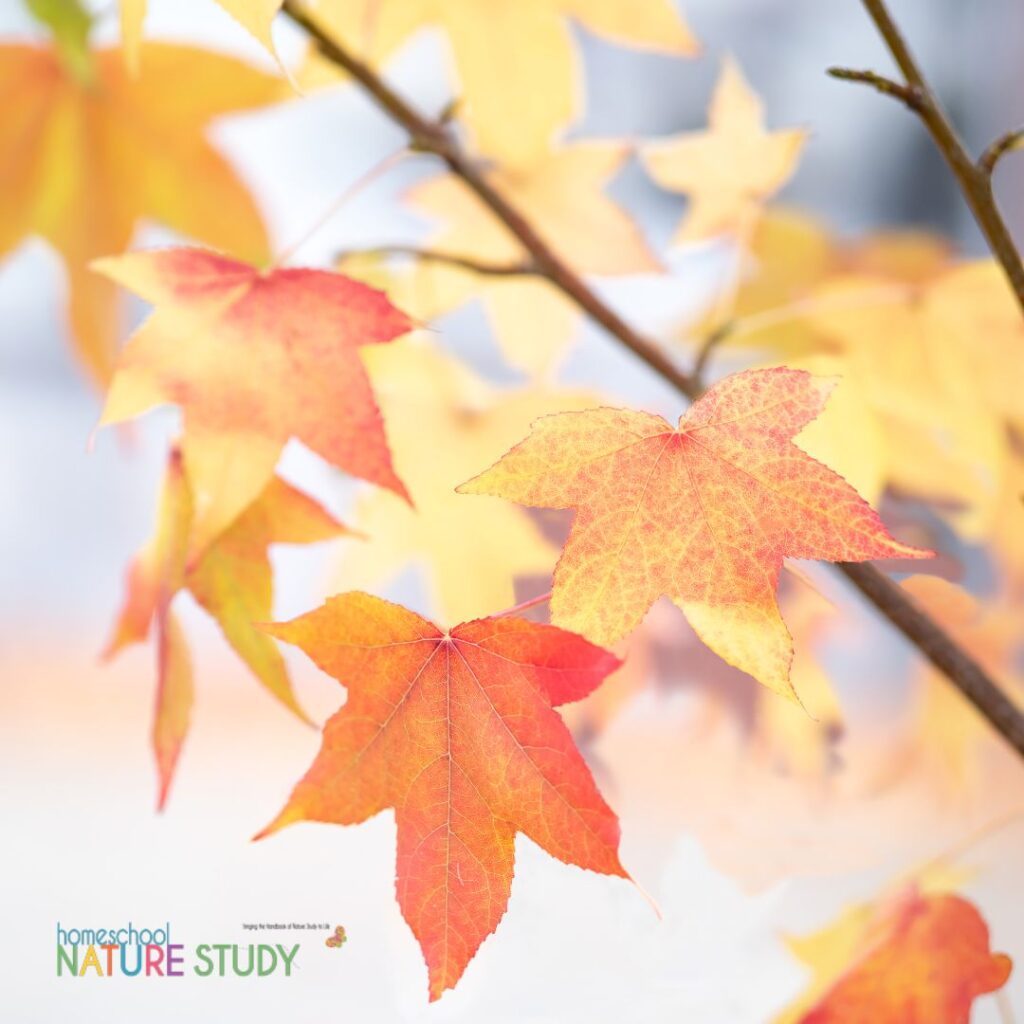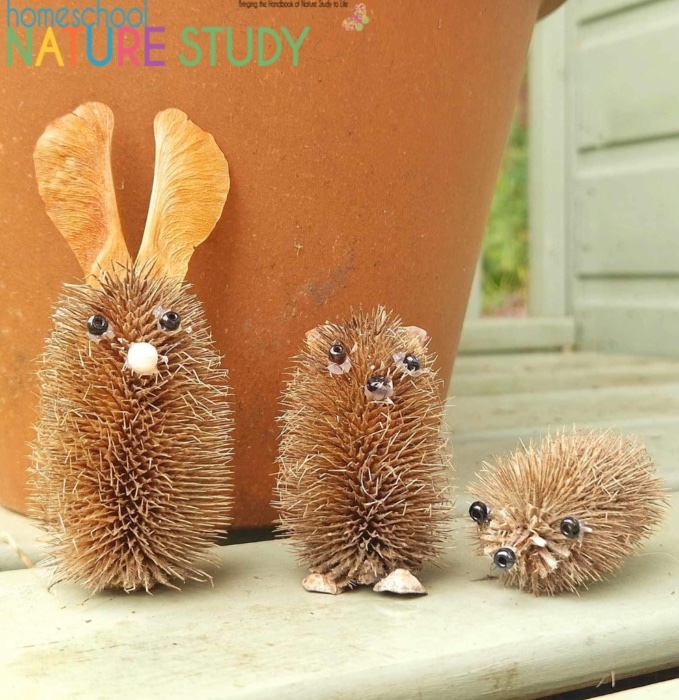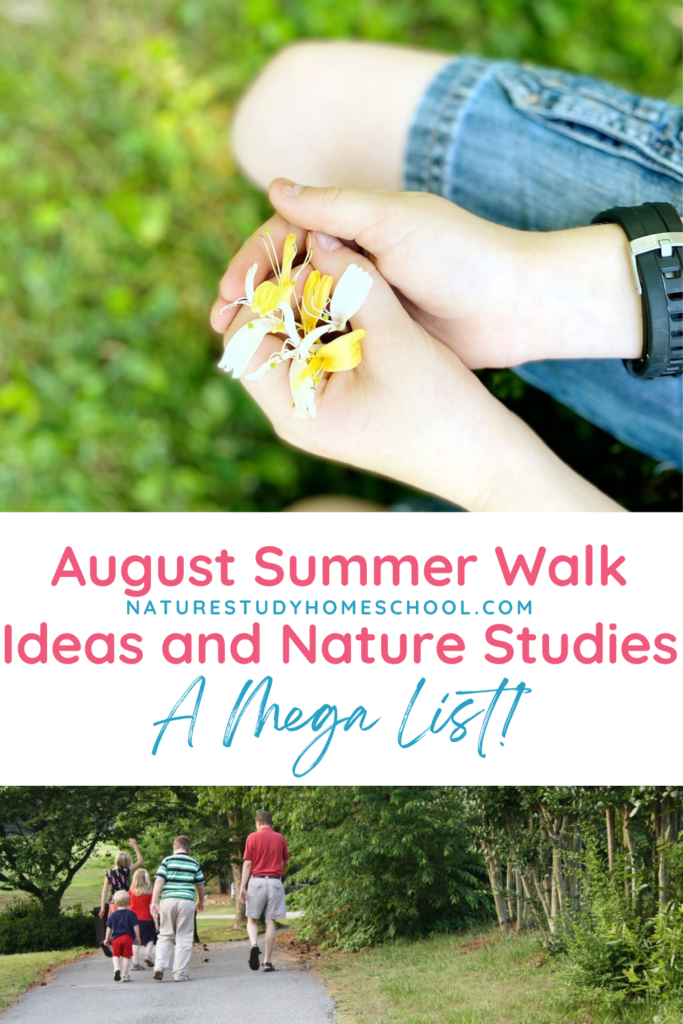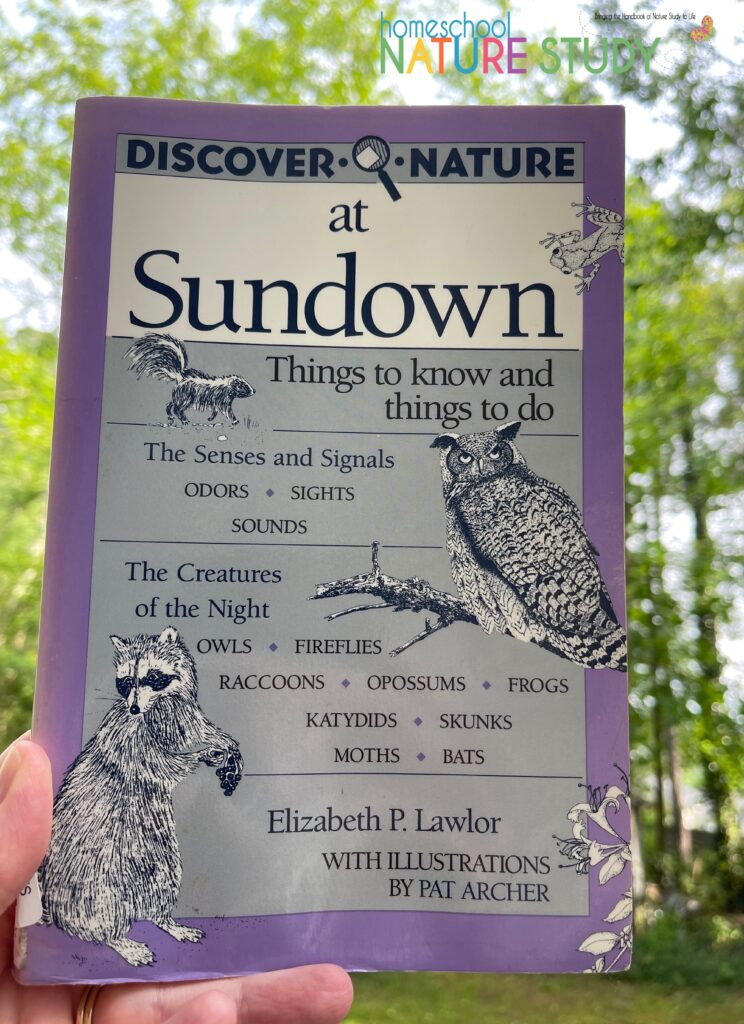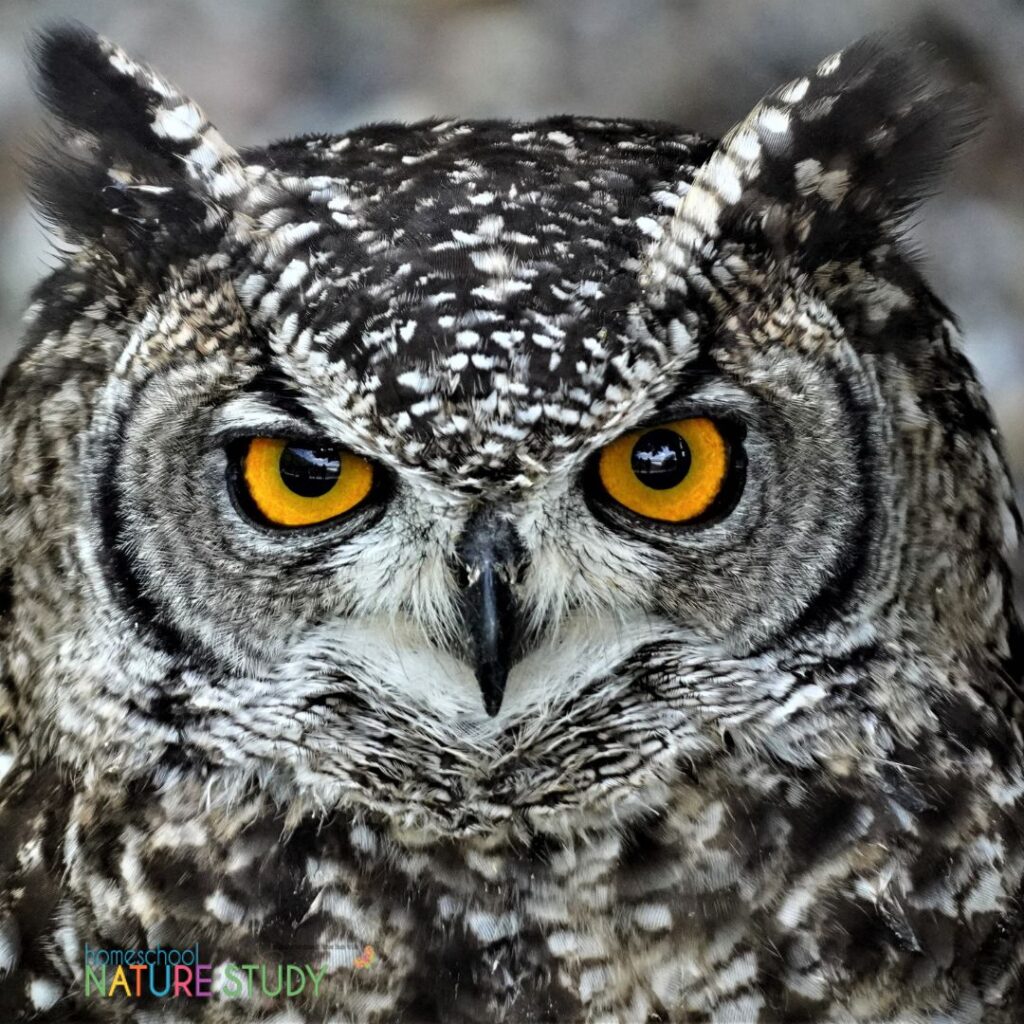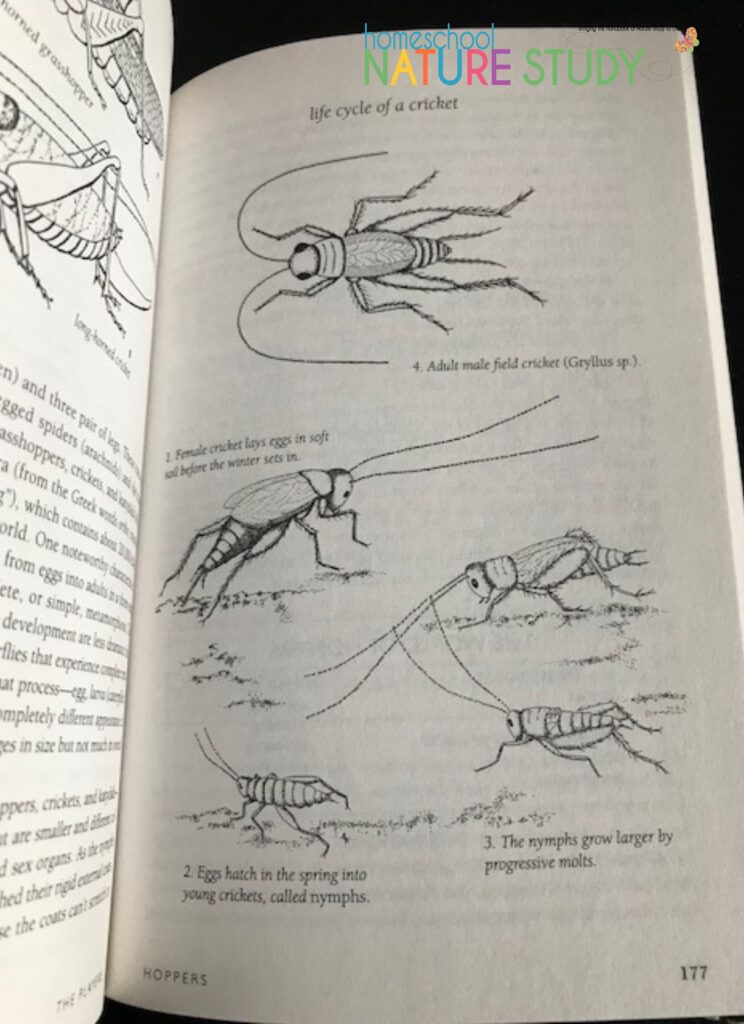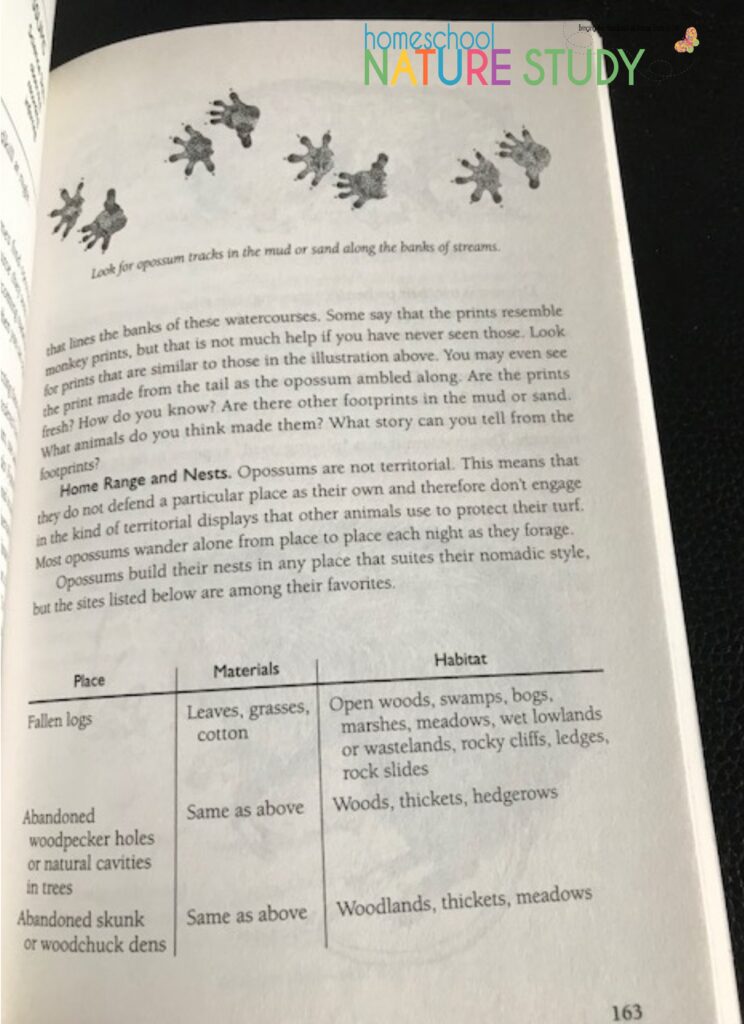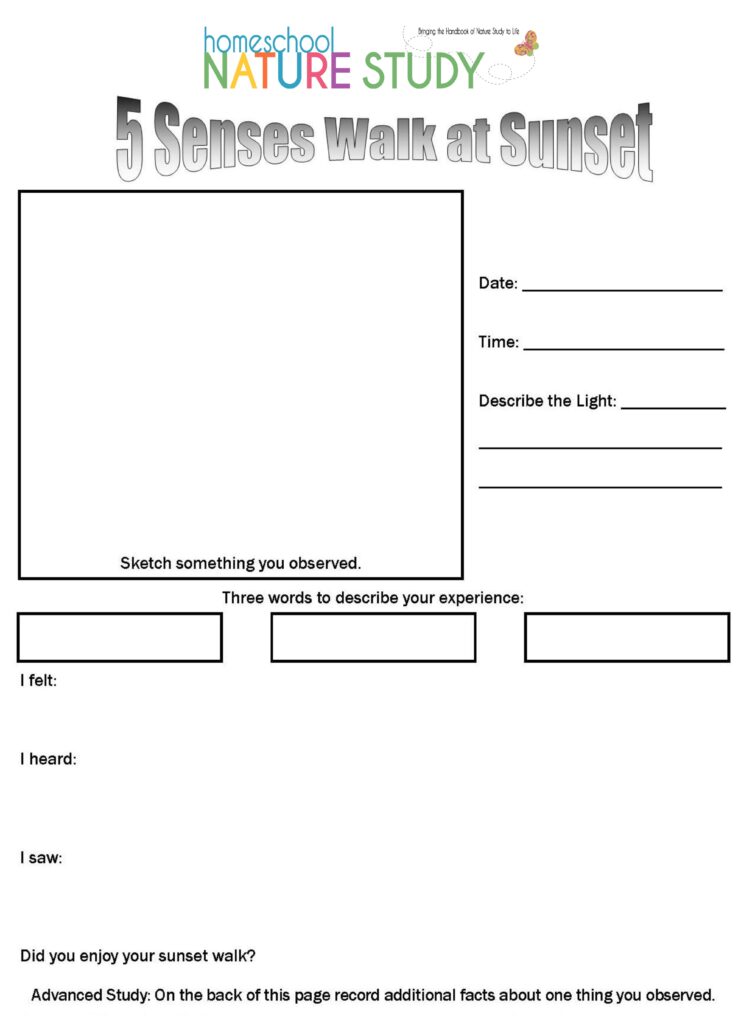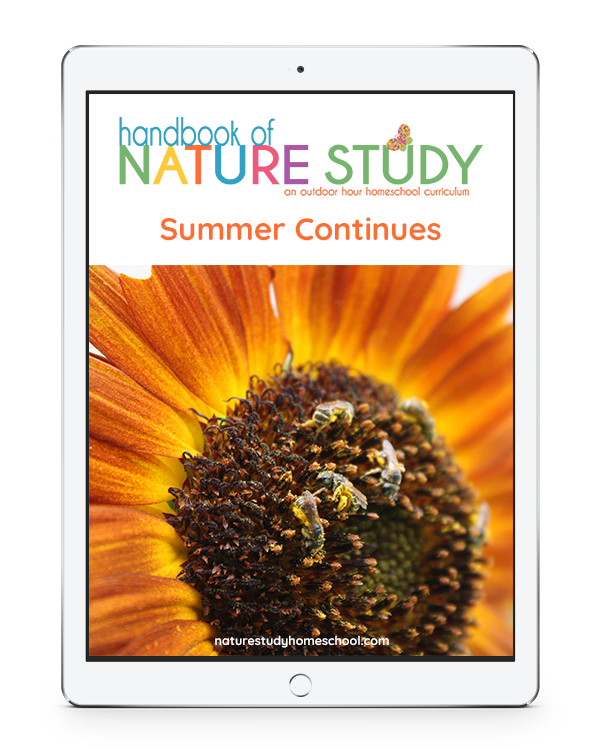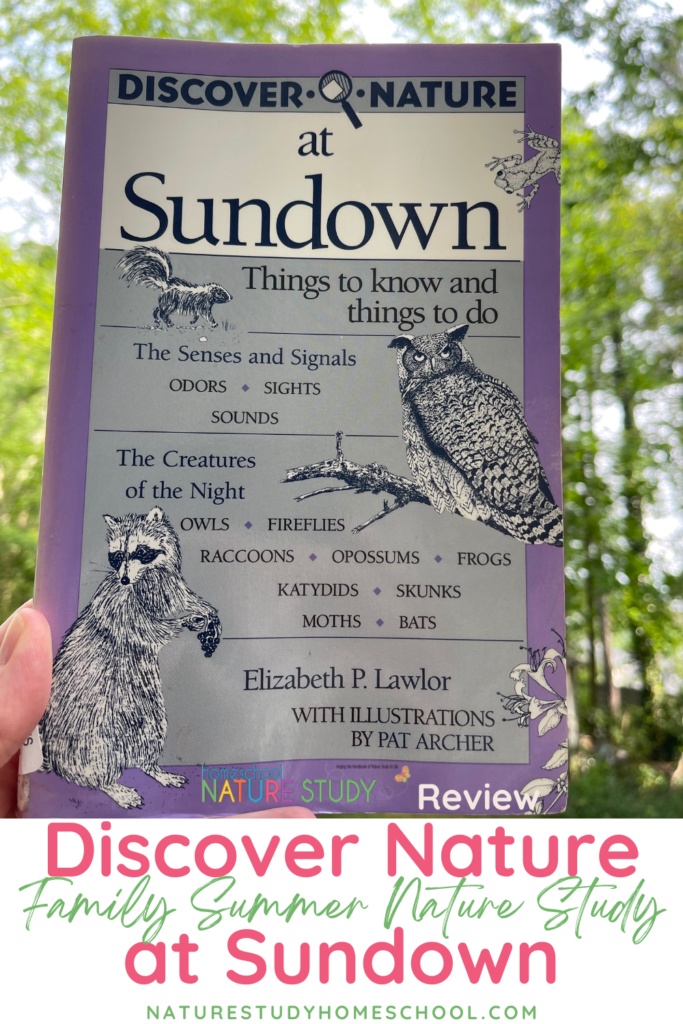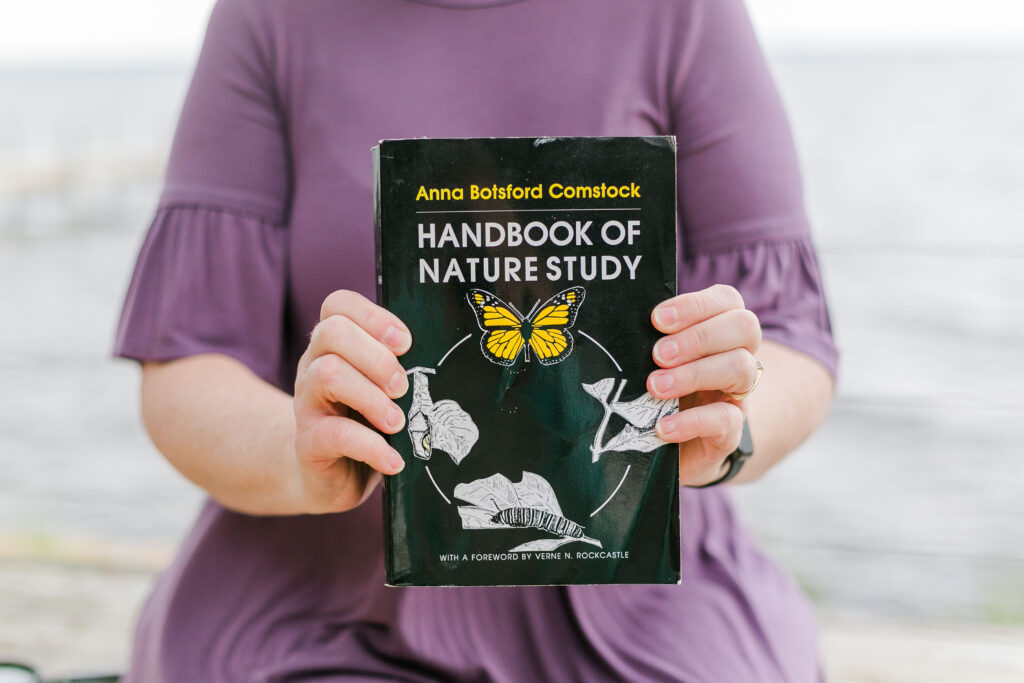This summer my children and I joined a creeks and waterfalls nature study group. It was a win-win for me because it got us outside, it got us exploring our state and my friend Julie planned all the road trips! This was a great way to have scheduled, outdoor learning time during the summer. Here’s a few tips and resources that we utilized during our various creeks and waterfalls Nature Study.
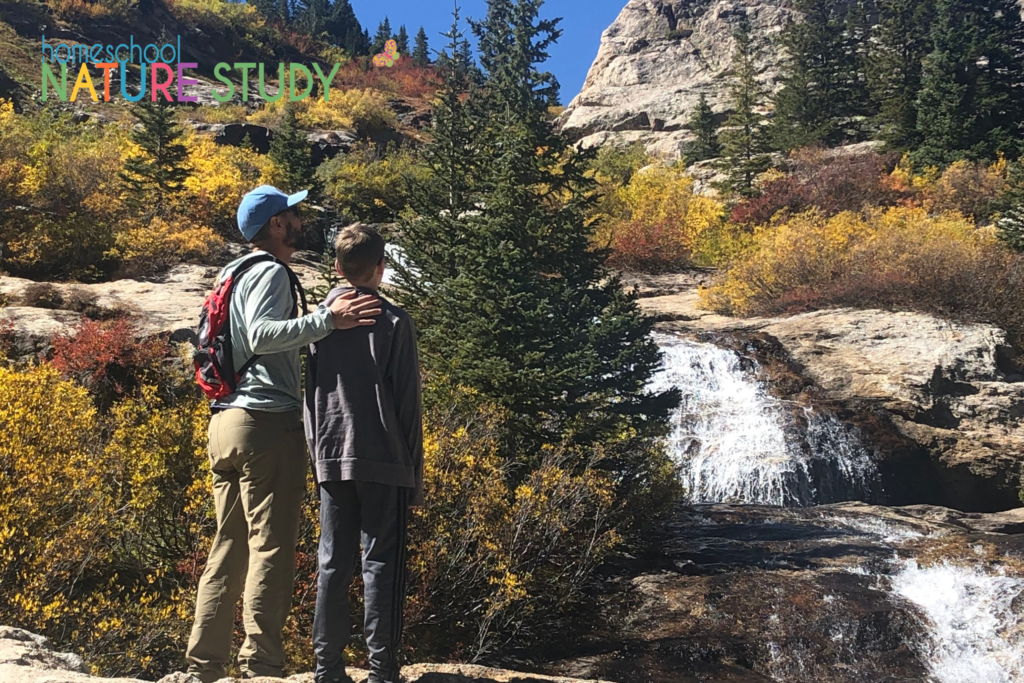
How to Plan a Creeks and Waterfalls Nature Study
Check with local nature centers and museums for hands-on activities and nature talks. If you have a group, many of these agencies will provide a resource person to give an hour presentation or even lead your group on a nature walk.
Check with state parks and federal parks in your area.
Check online reviews. It’s great people share what the area is like so you know for sure what to pack, if there are restrooms (a must), picnic tables, admission charge, swimming areas, etc.
Helpful Hiking Supplies

I have four children. I did not want to be the Momma pack mule, so I got nylon travel backpacks for each of my kids. In their back packs they are in charge of carrying their water bottle, water shoes and a towel. This has worked out great because it gives them all ownership and helps them know what they are in charge of getting ready before each trip.
Other items to consider bringing along would be a walking stick, a net, a hat and a pen. We also did a little geocaching while on our nature hikes.
I usually carry a backpack and in addition to my water shoes and water bottle, I have a few other supplies too:
- Insect repellent and mineral sunscreen that is plant-based, natural and safe for my children and the environment. (I put some of the insect repellent in a spray bottle and a roller bottle for quick applications.)
- Seedling baby wipes. I put these in a small baggie and carry with us. These have come in very handy!
- Arnica: great for any bumps or bruises
- Thieves Waterless Hand Purifier: I love this because there is no yucky stuff in it! This is a key item– it comes in handy when the kids pick up crawdads, frogs or dead fish
- Lipbalm: I don’t like to travel without it!
- Flashlight: one of our adventures had a cave. You never know when you need a flashlight!
- Waterproof band-aids – because, kids!
Have a Purpose
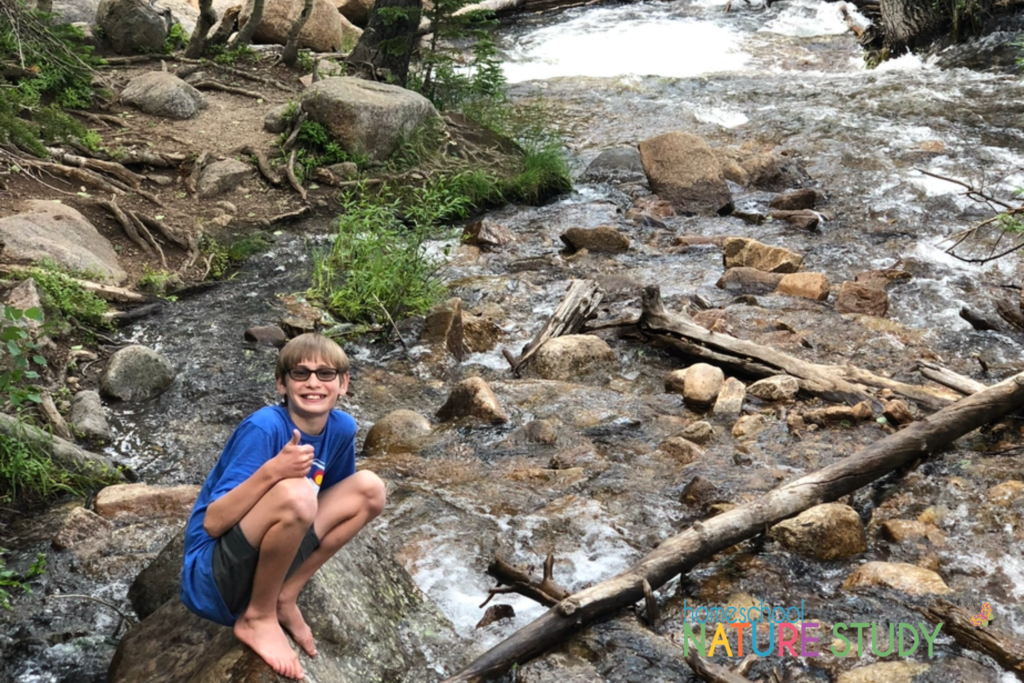
Often when I’m trying to get the kids outside – we walk around aimlessly hoping something magical will pop out of the trees and “wow” us. But most often, nothing exciting happens. Then the children get bored. Too quickly. When you have a purpose – you’re on the hunt to discover something. If it’s counting how many different wild flowers you see, a bird scavenger hunt, catching frogs and toads, noticing butterflies, discovering different rocks, tree rubbing interesting bark, watching out for fish, or just “climbing cool rocks” … they have a purpose and are more invested in the nature study. Successful learning opportunities are key. If anything else pops up, like the biggest daddy long legs they’ve ever seen – then it’s a bonus!
Homeschool Nature Study Resources
Looking for more resources to add to your Creek and Waterfall Nature Study? Check out a few more posts & downloads before you go!
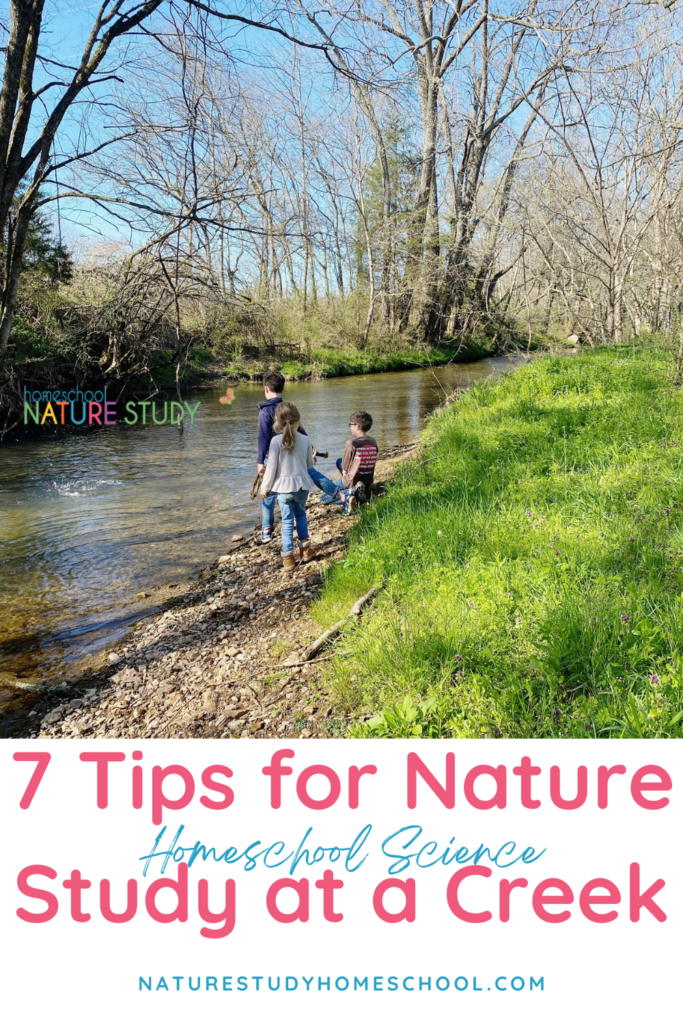
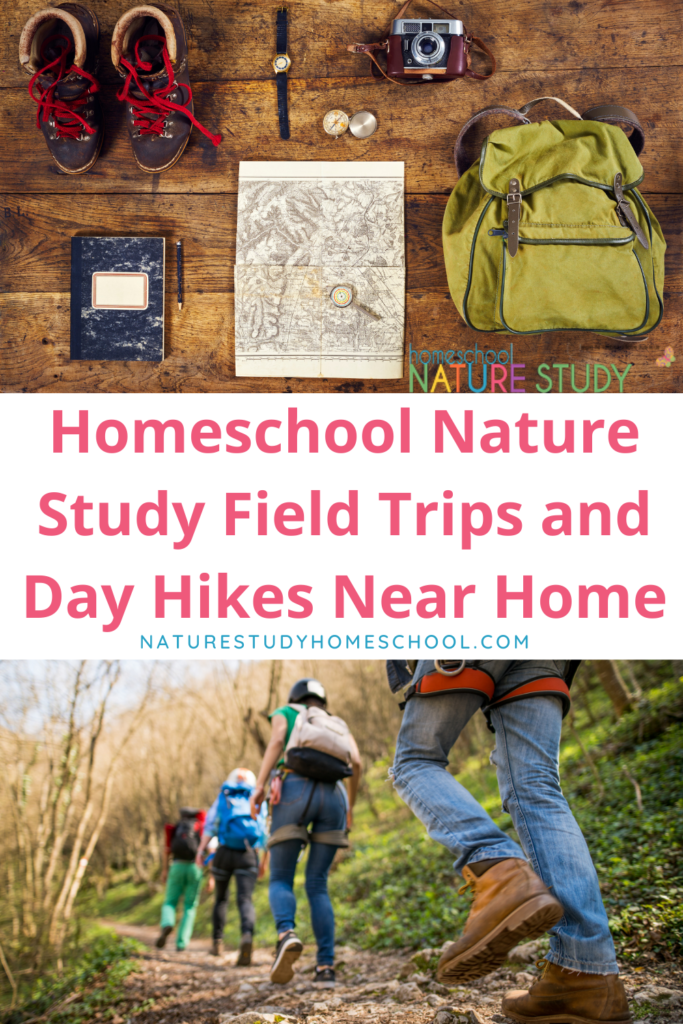

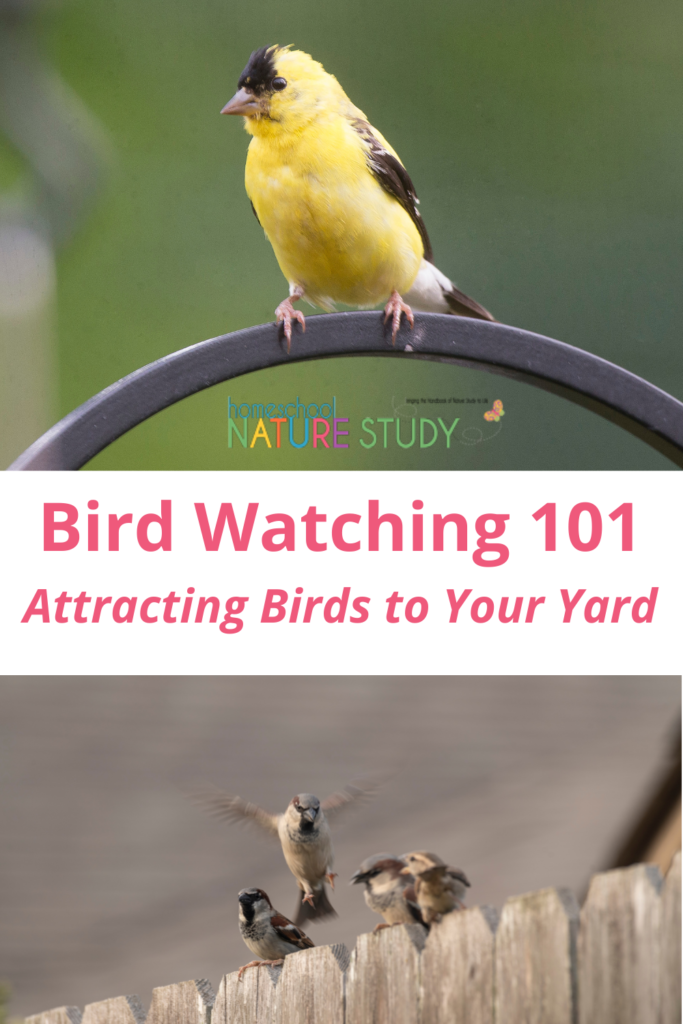


Become a Member!
Not yet a Member?! Spring has sprung and it’s the perfect time to incorporate Nature Study into your homeschool. We offer many tips, ideas, nature studies, worksheets & helpful downloads, plus encouragement along the way! Homeschool Nature Study is perfect for preschoolers, elementary, middle schoolers, and high schoolers! Yes – we believe Homeschool Nature Study works for ALL AGES. Join the community!
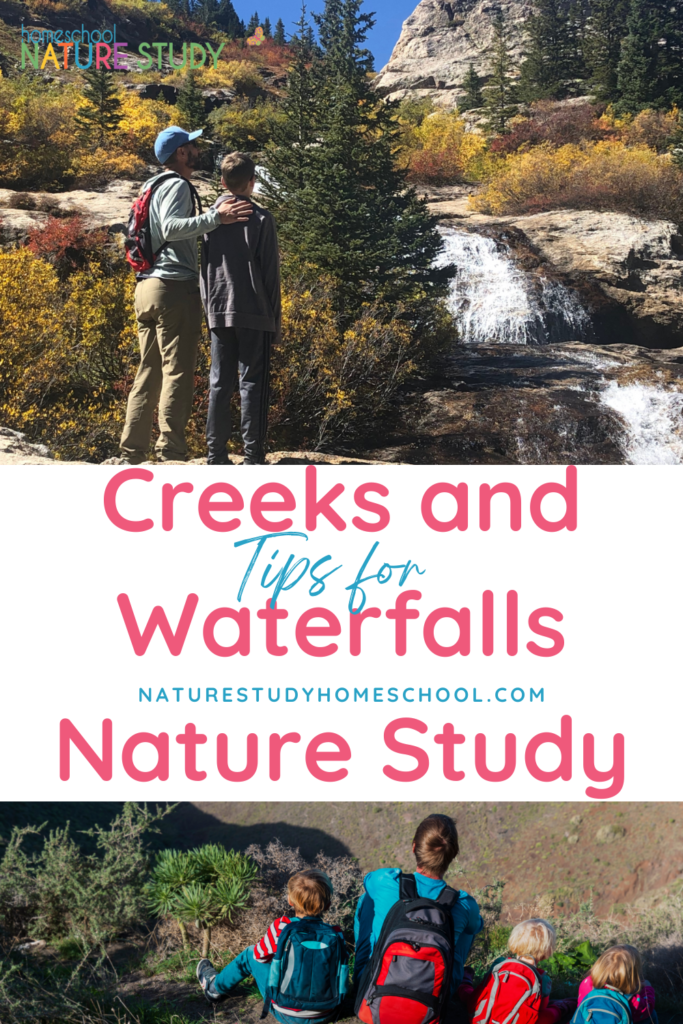
Written by Maureen Spell. Updated by Stef Layton.

